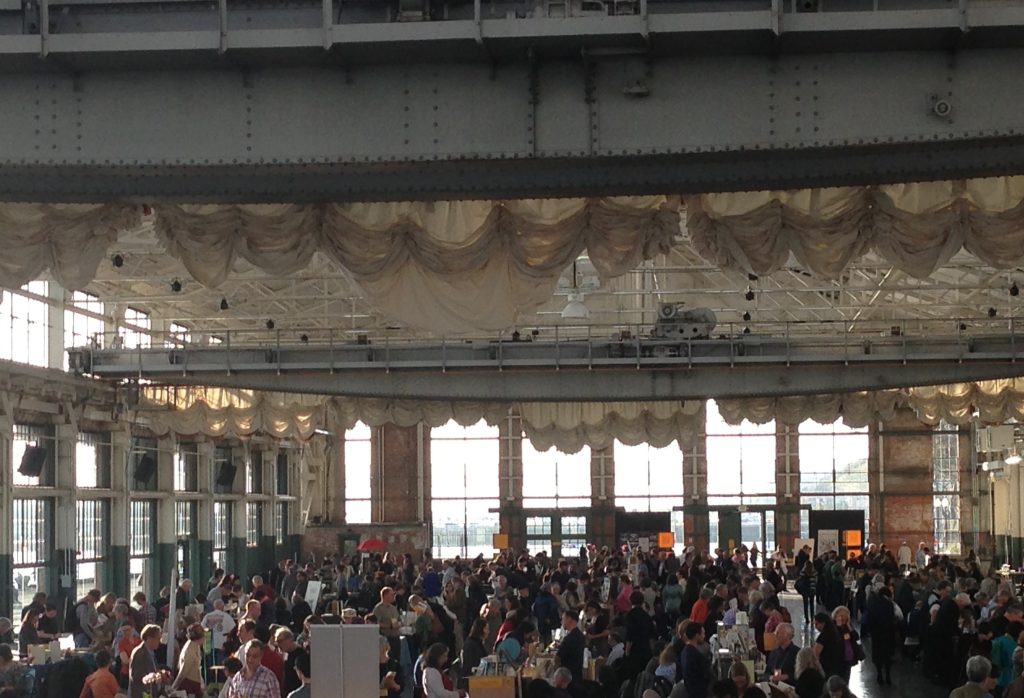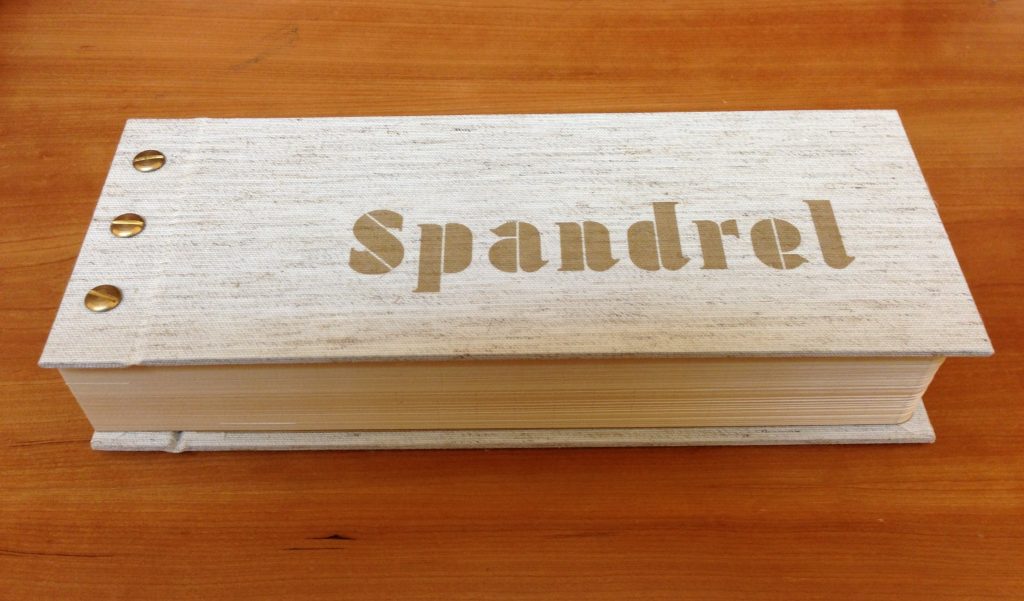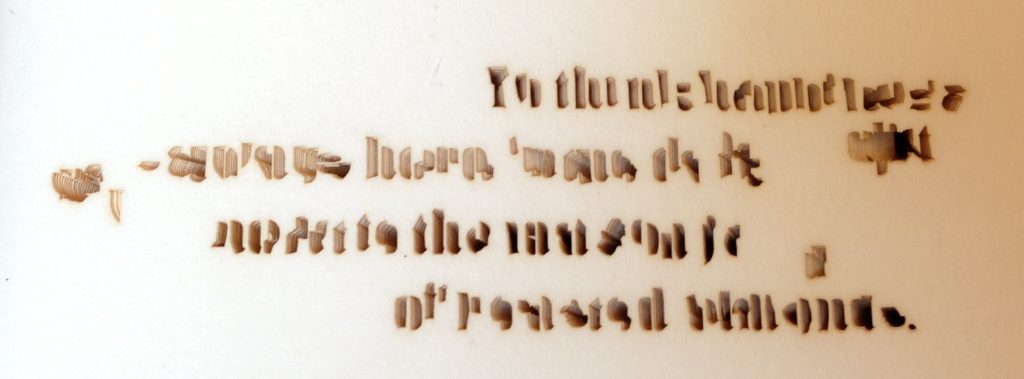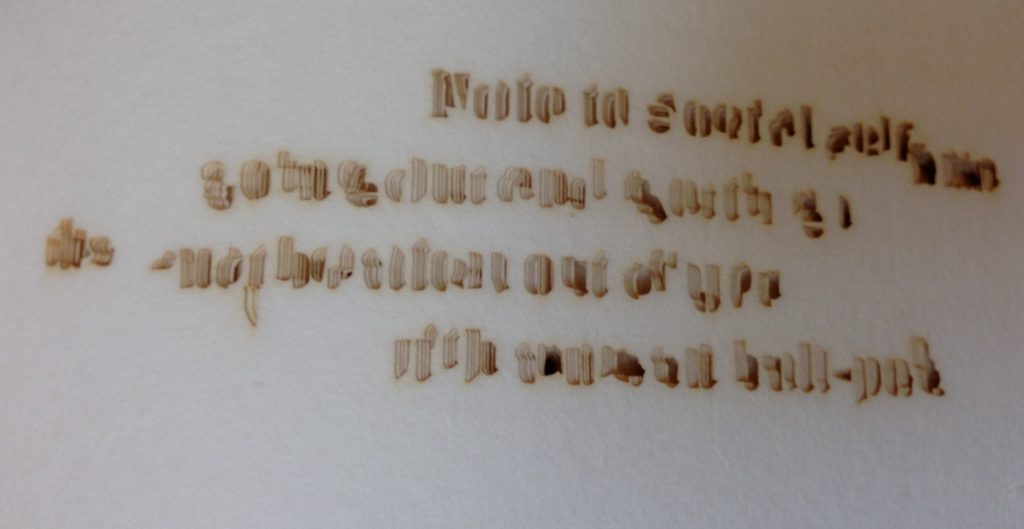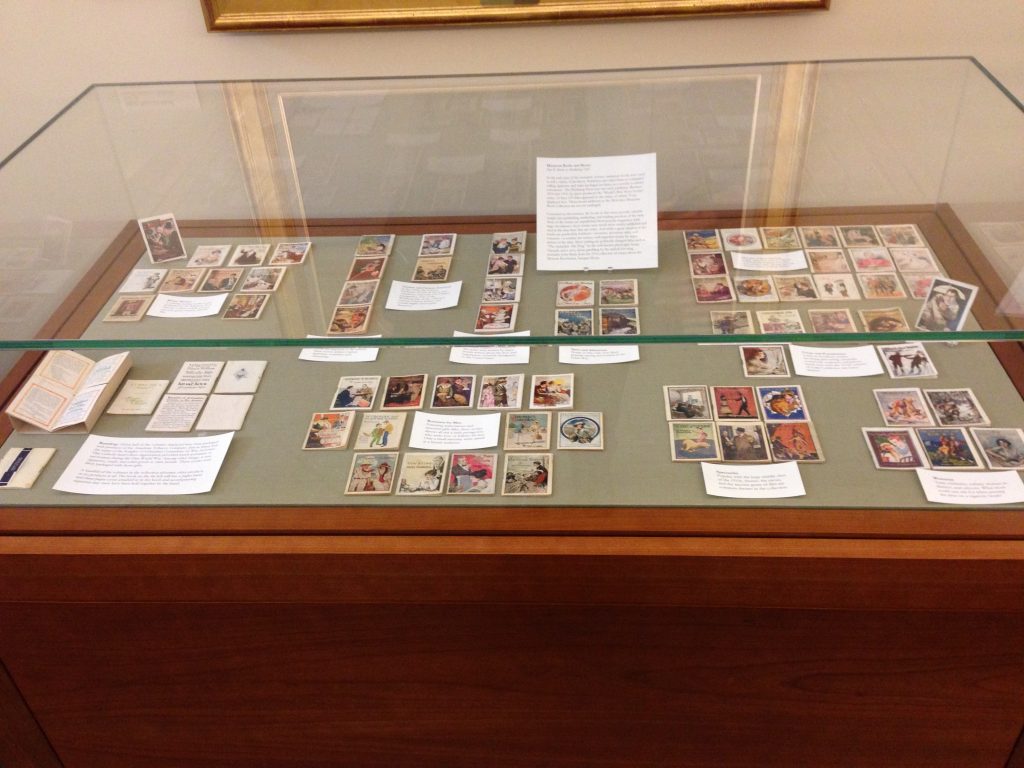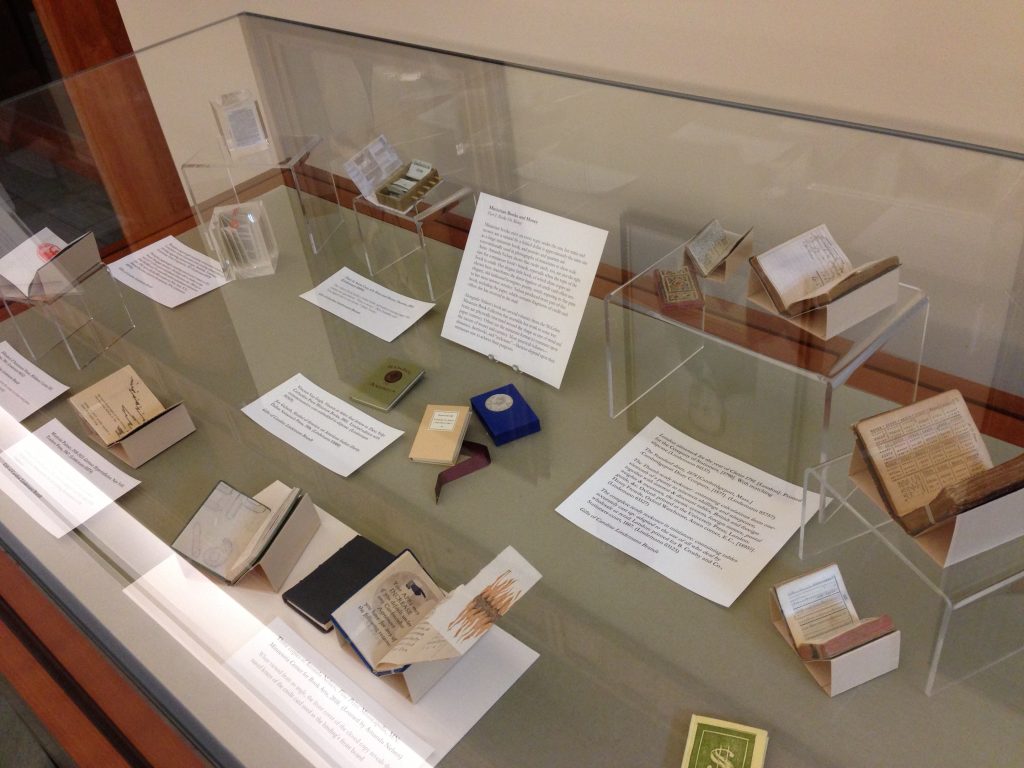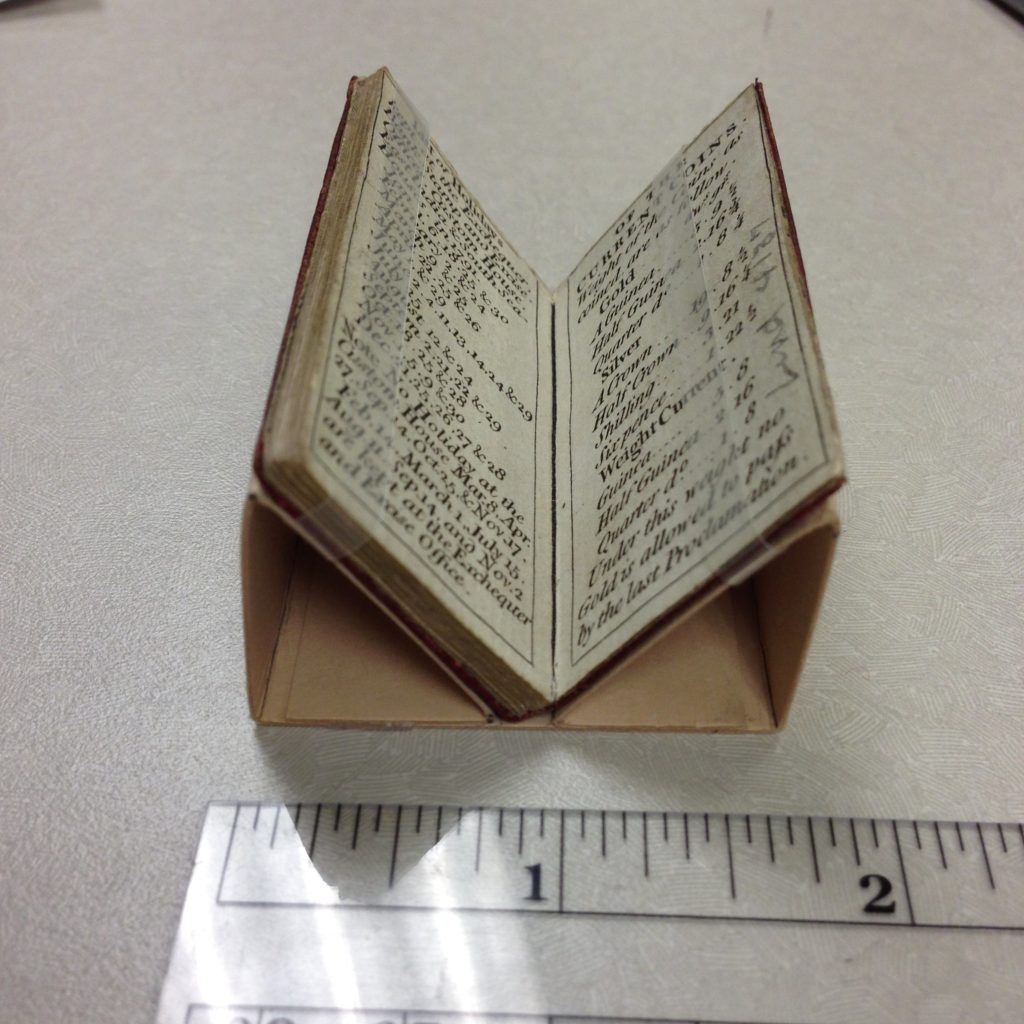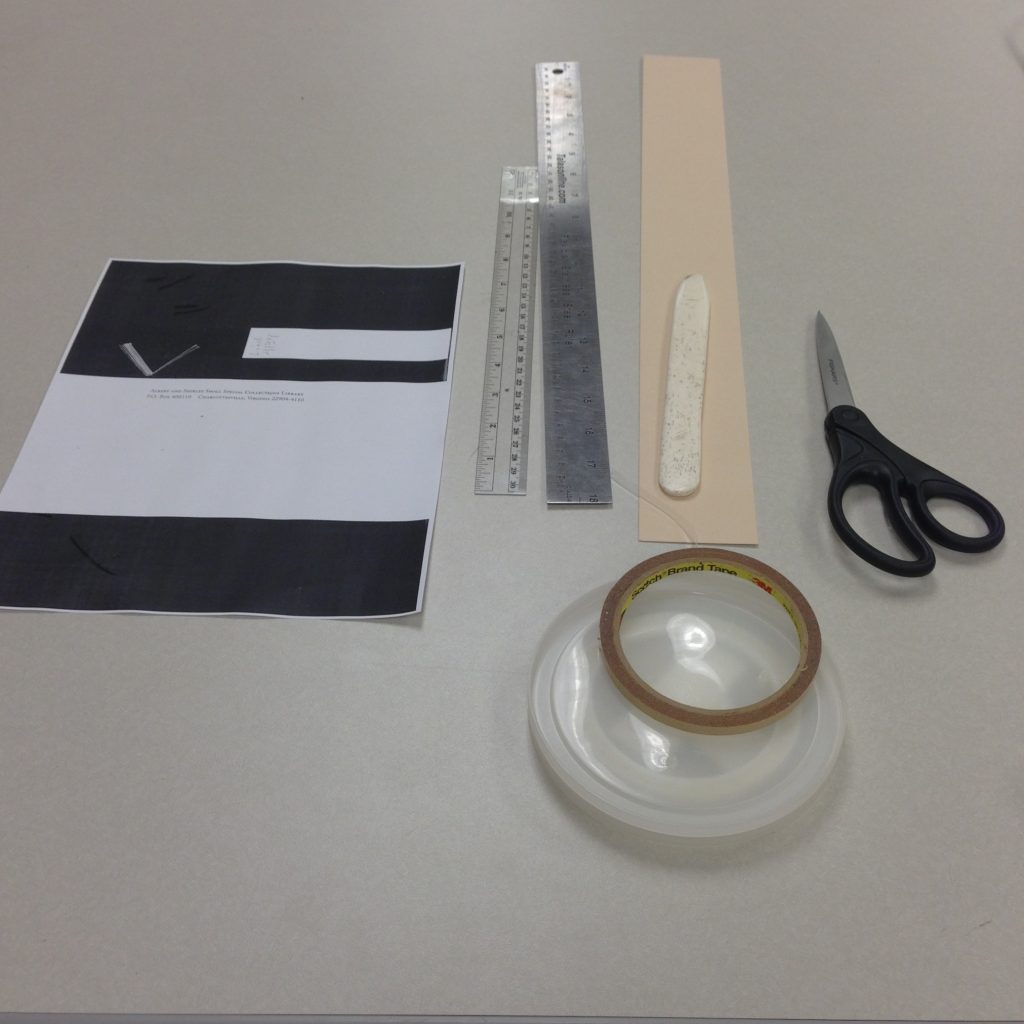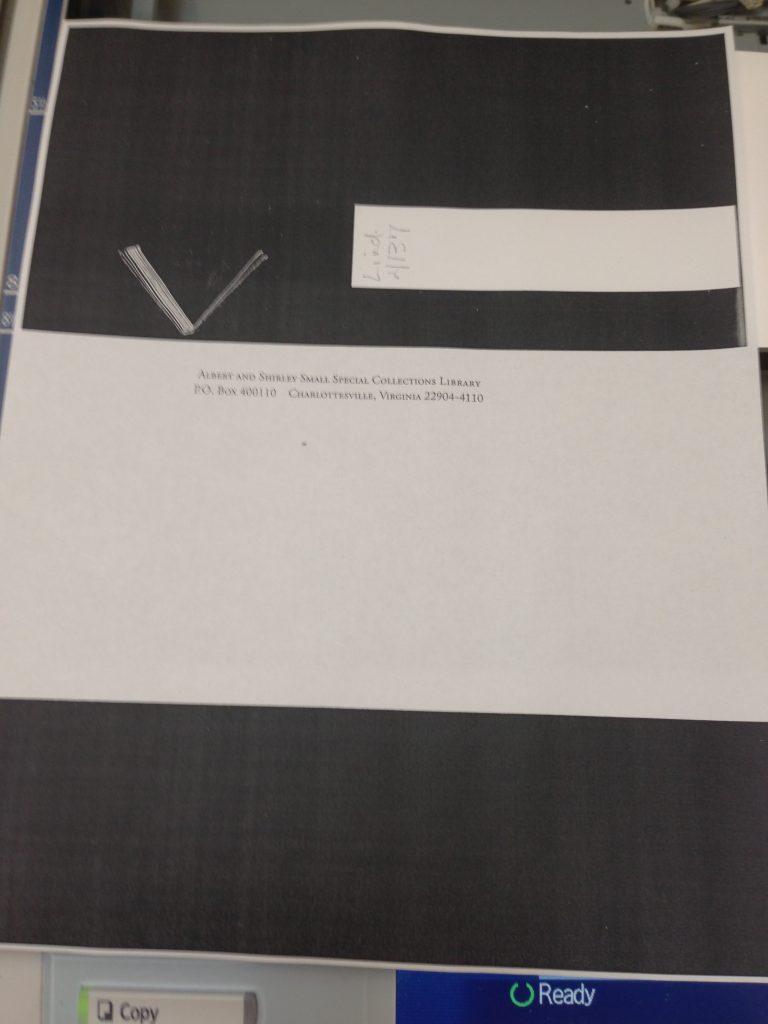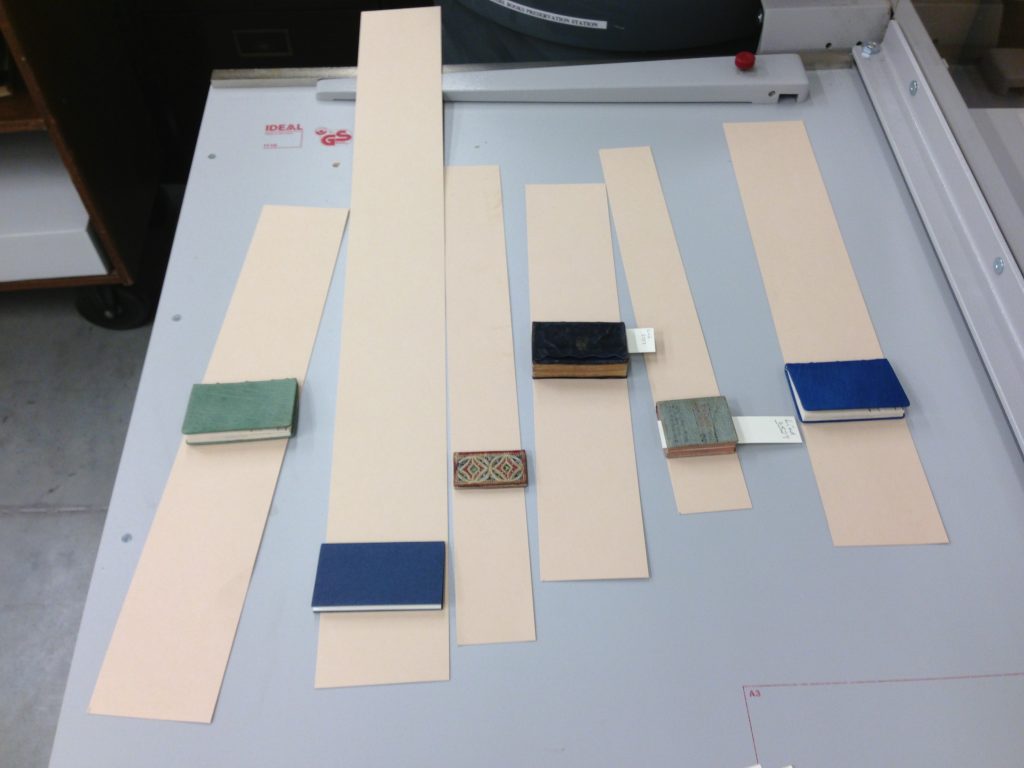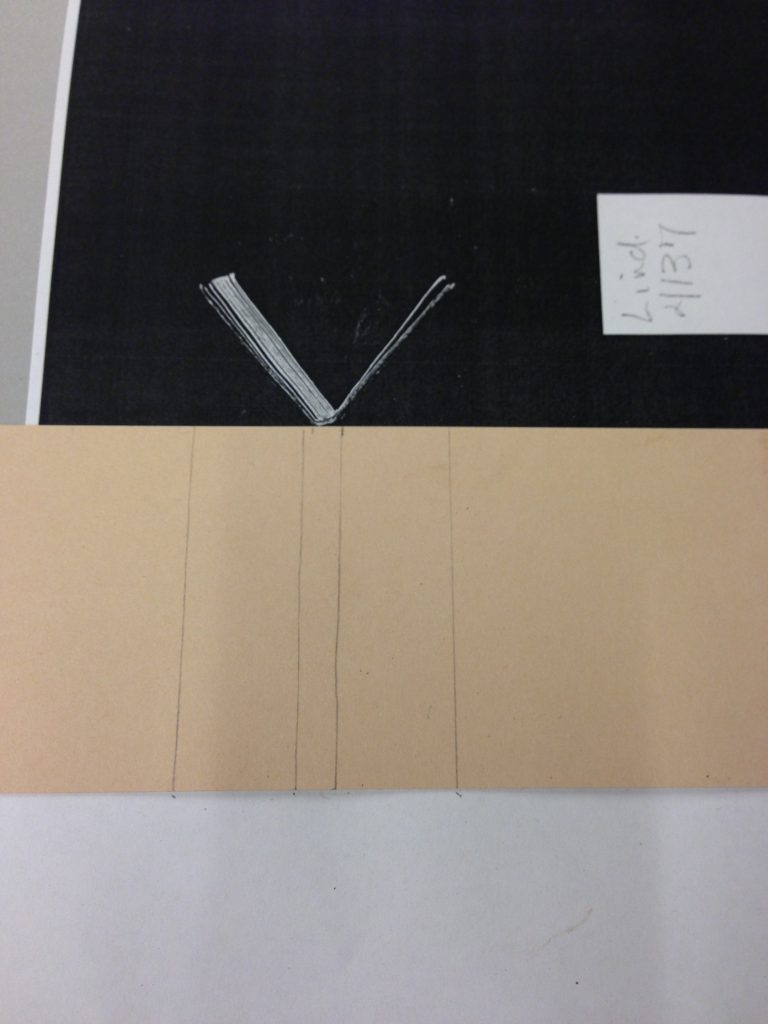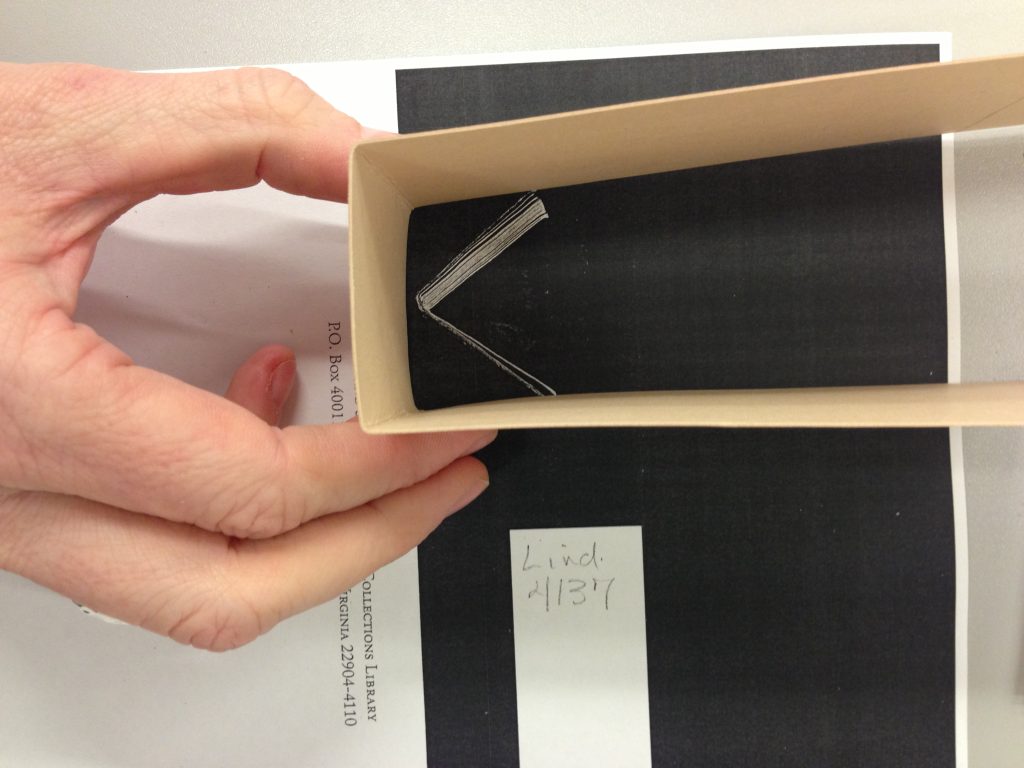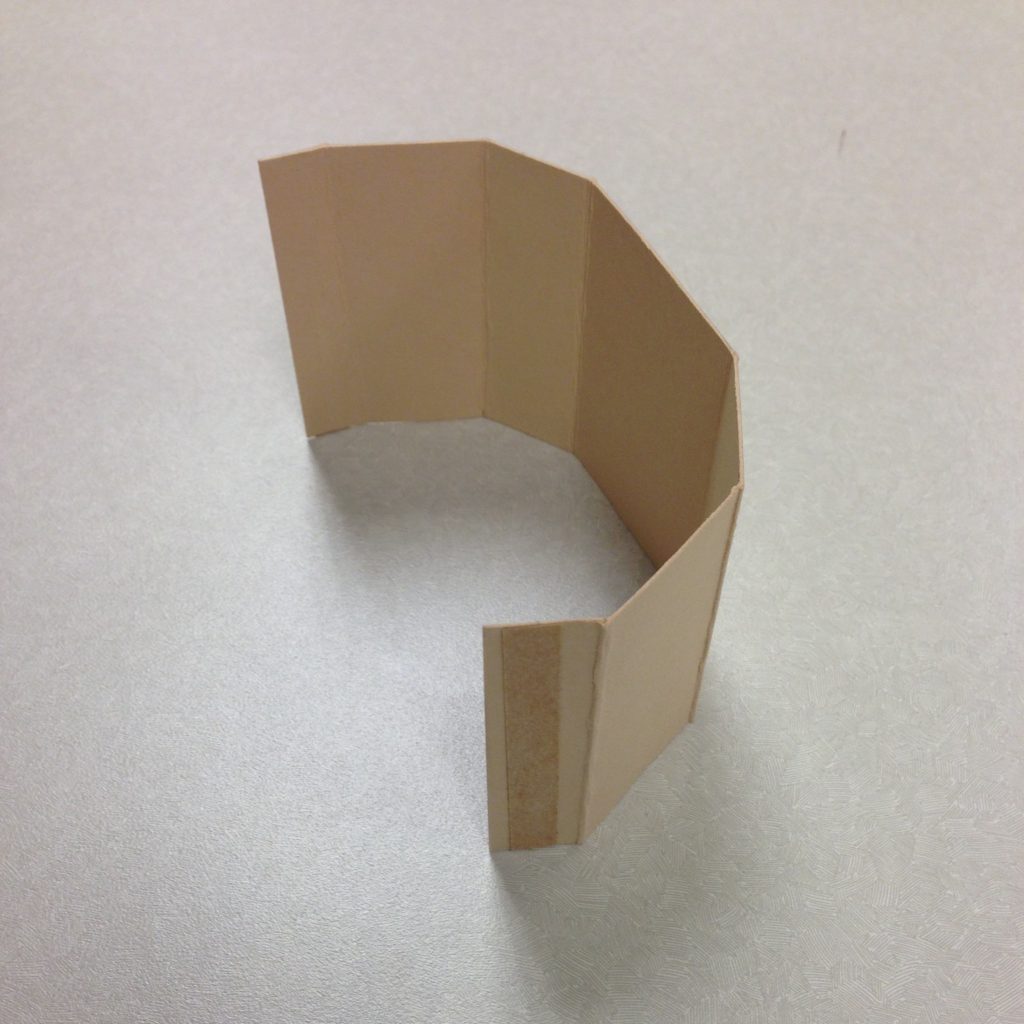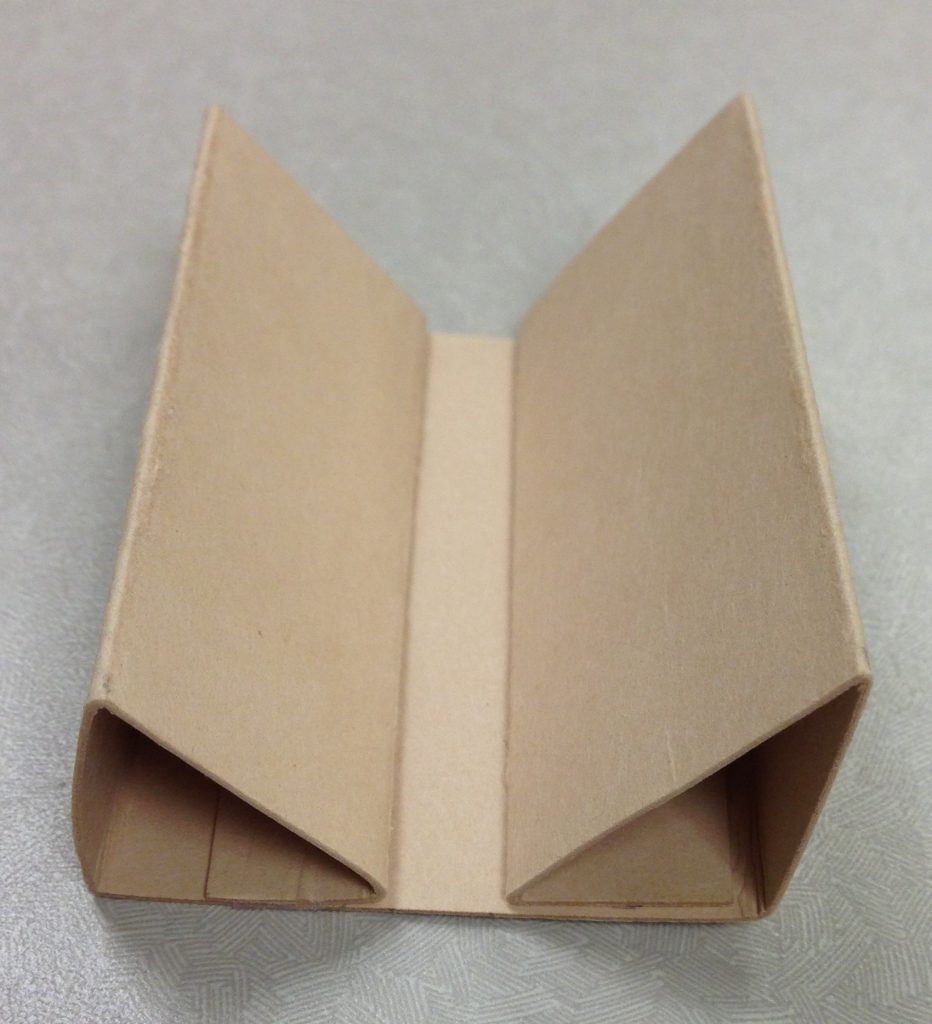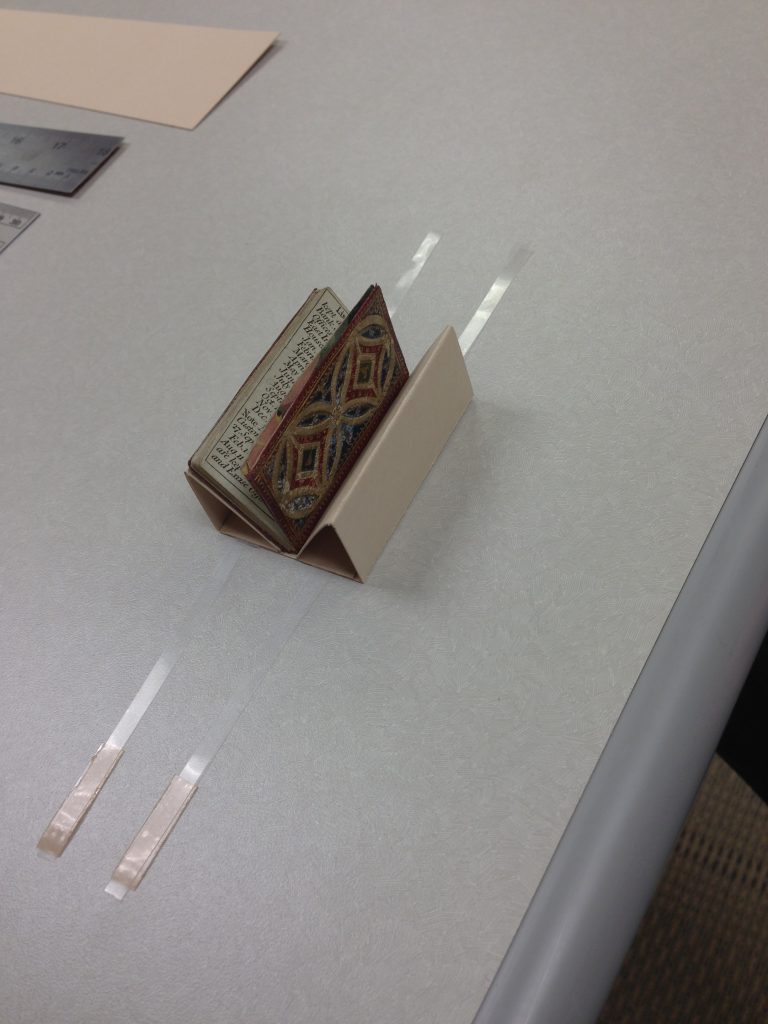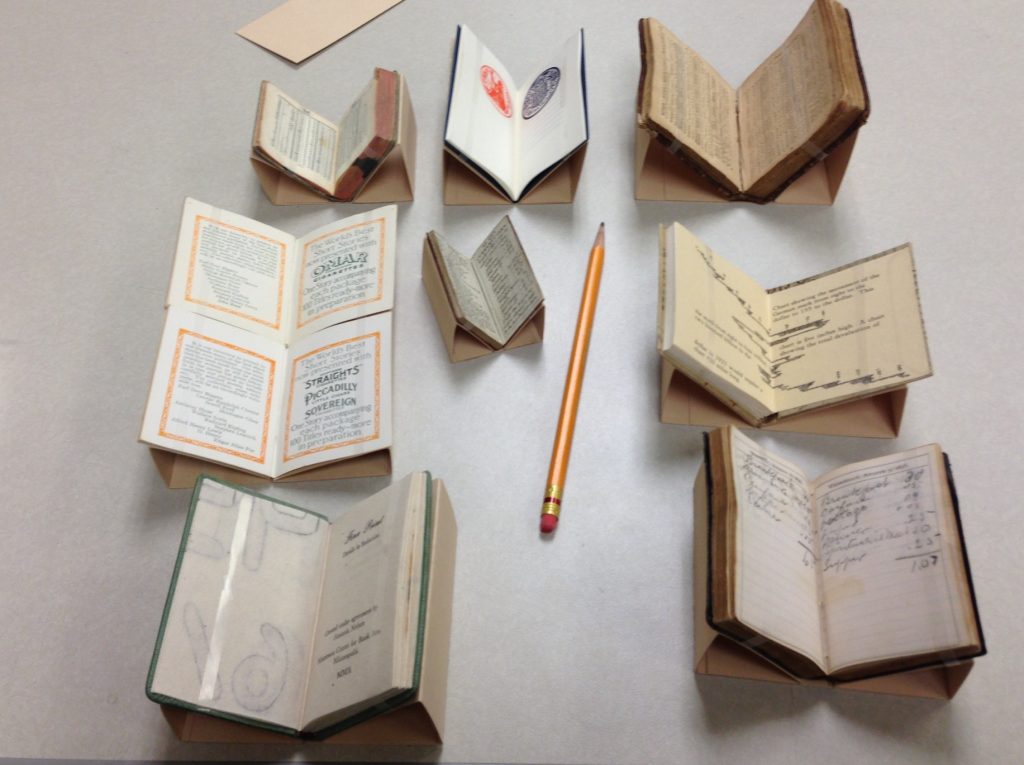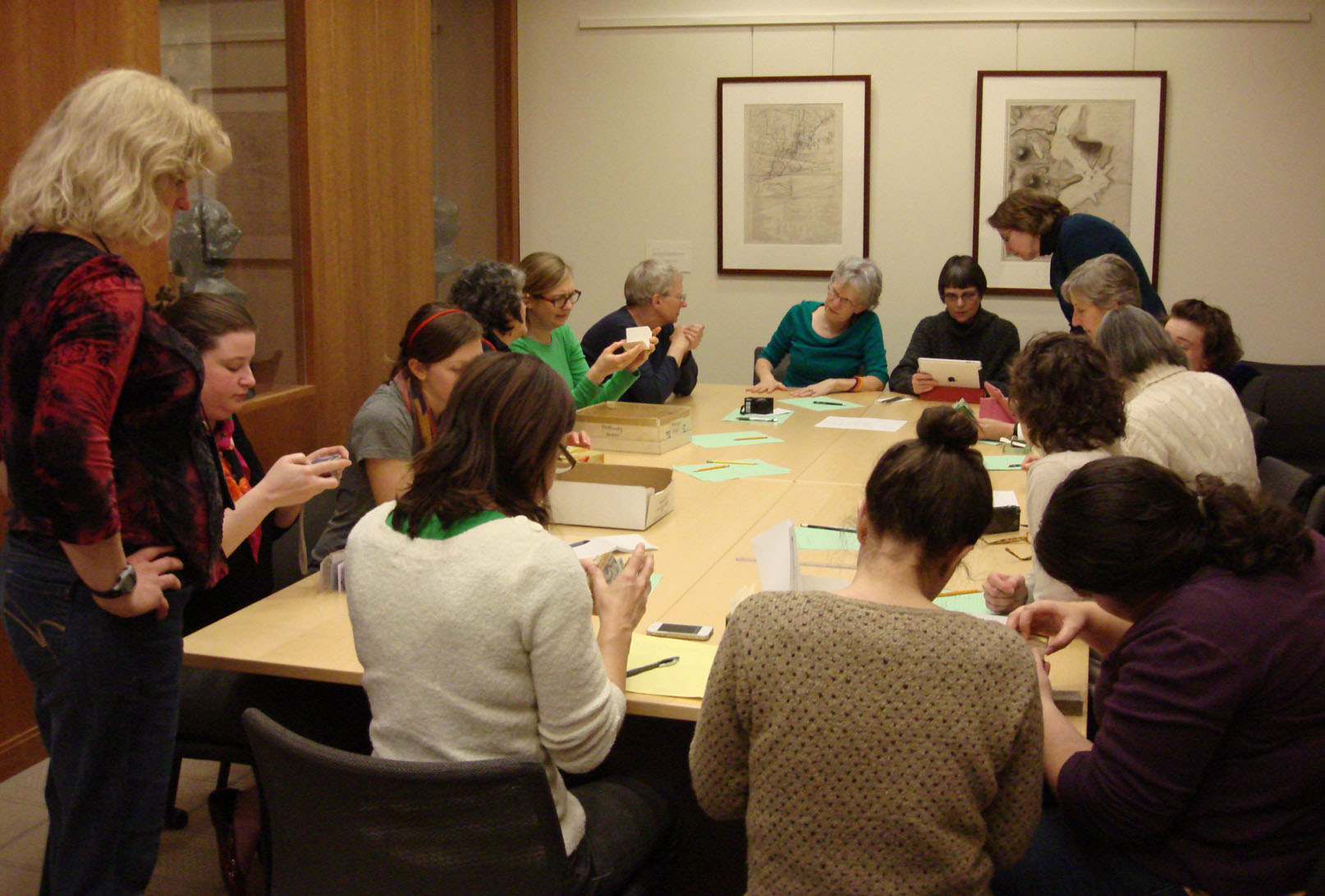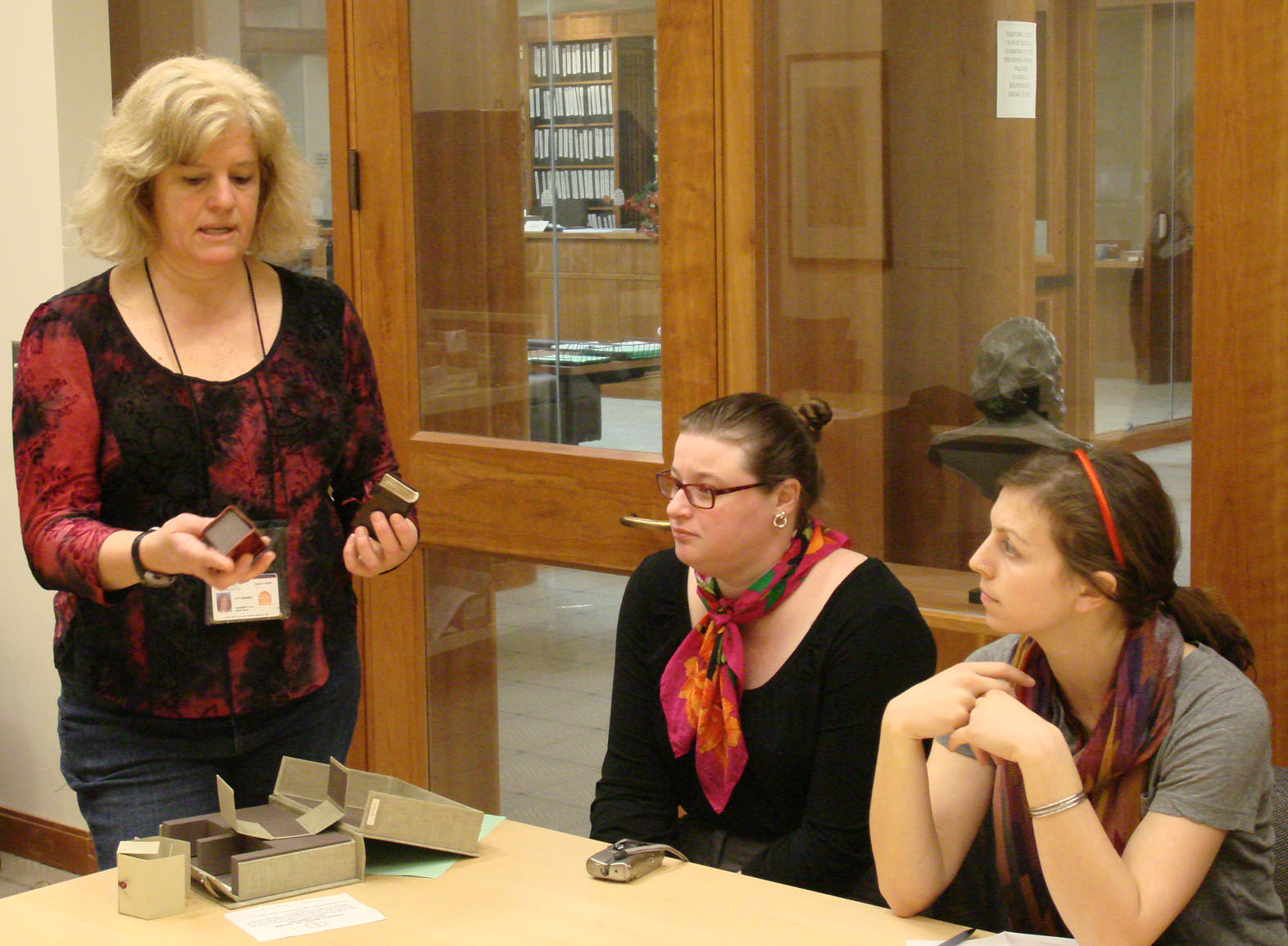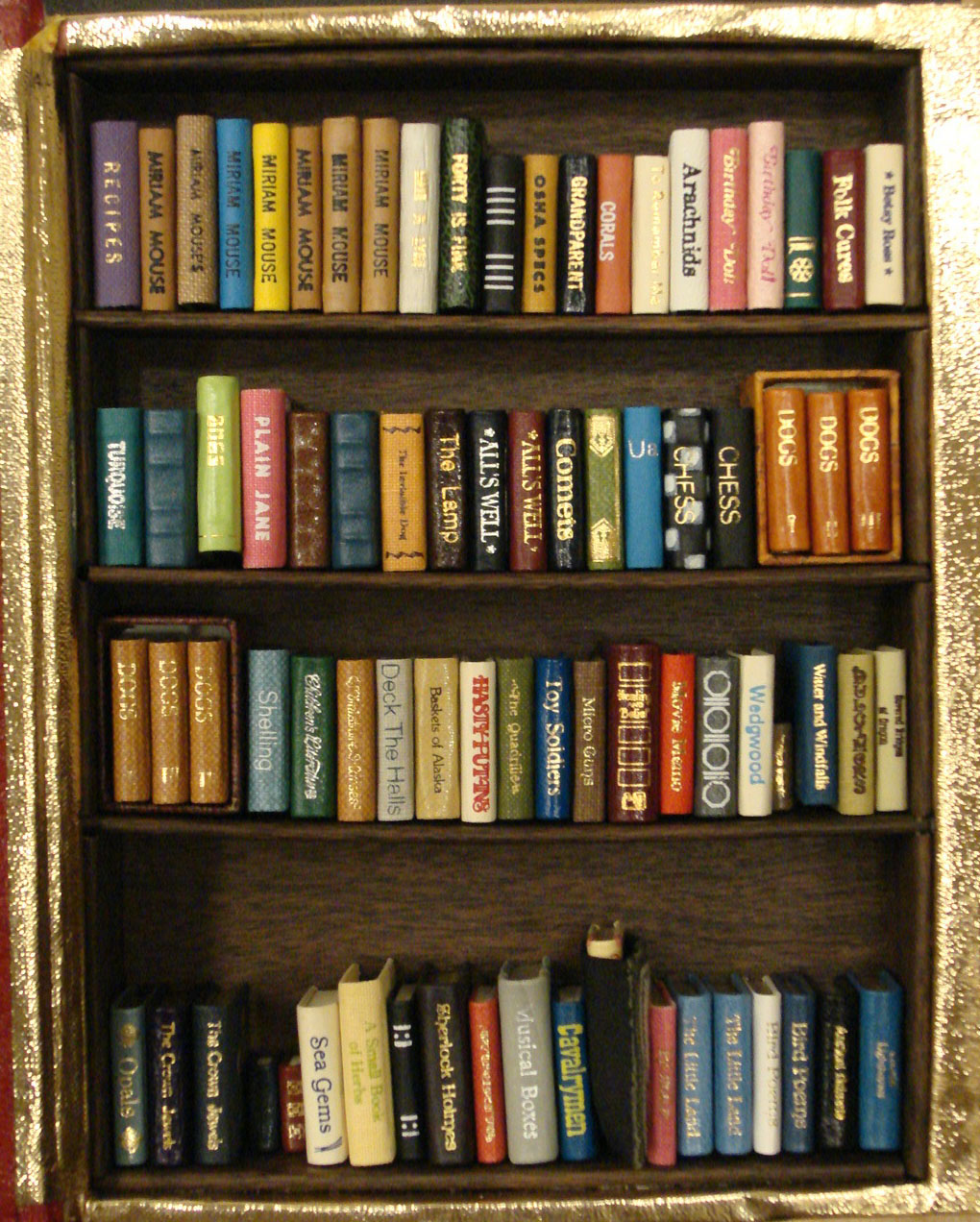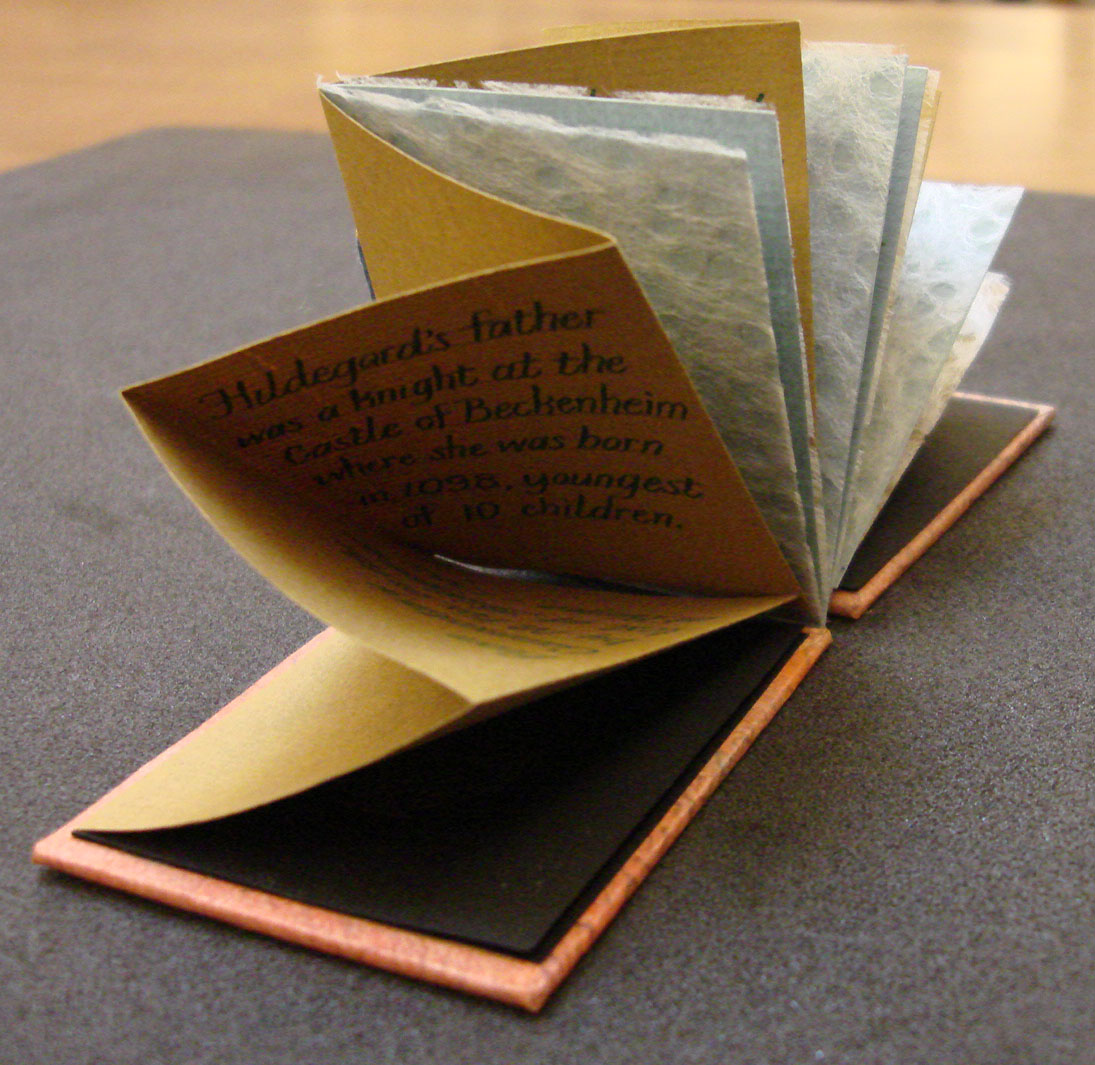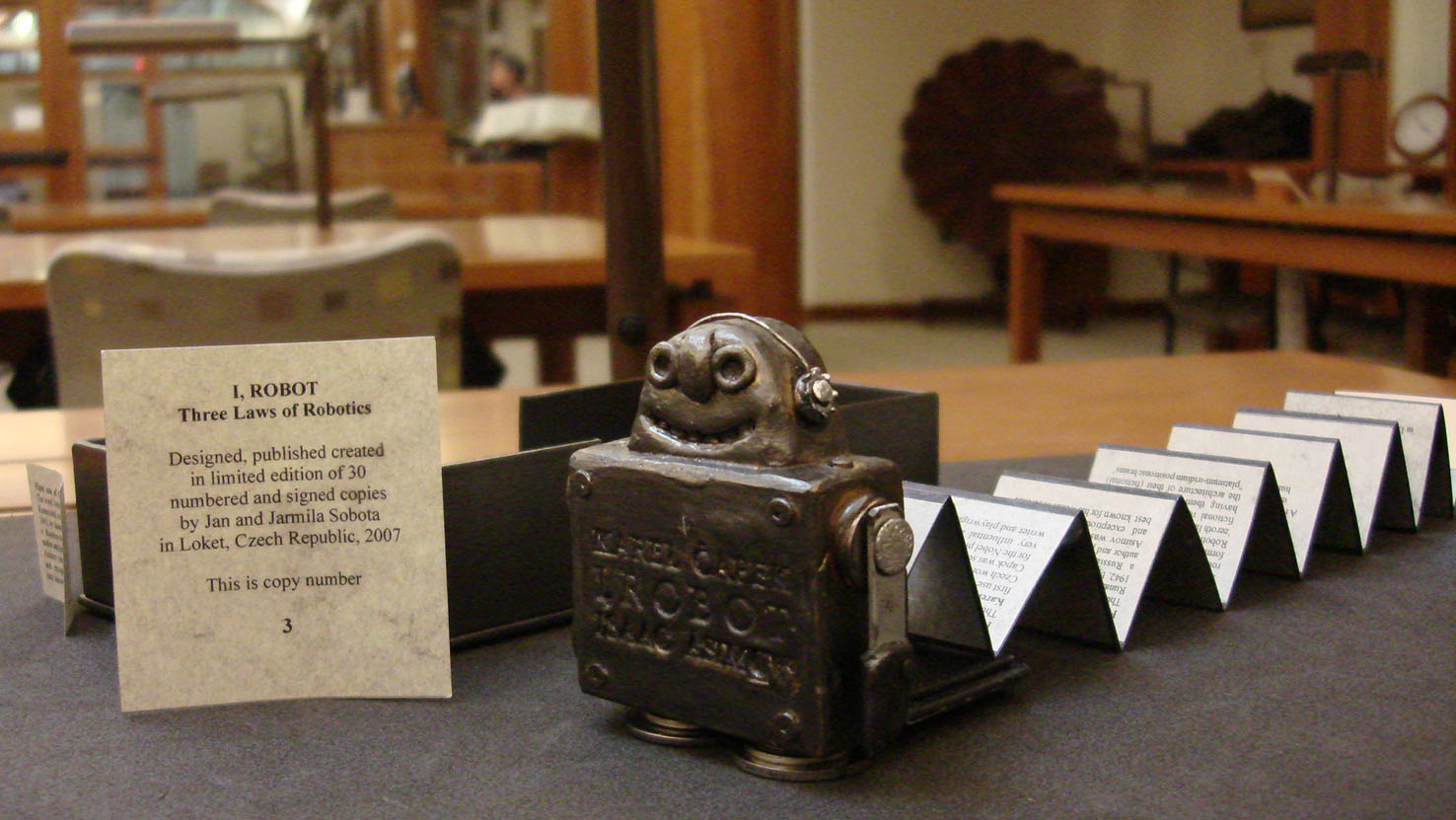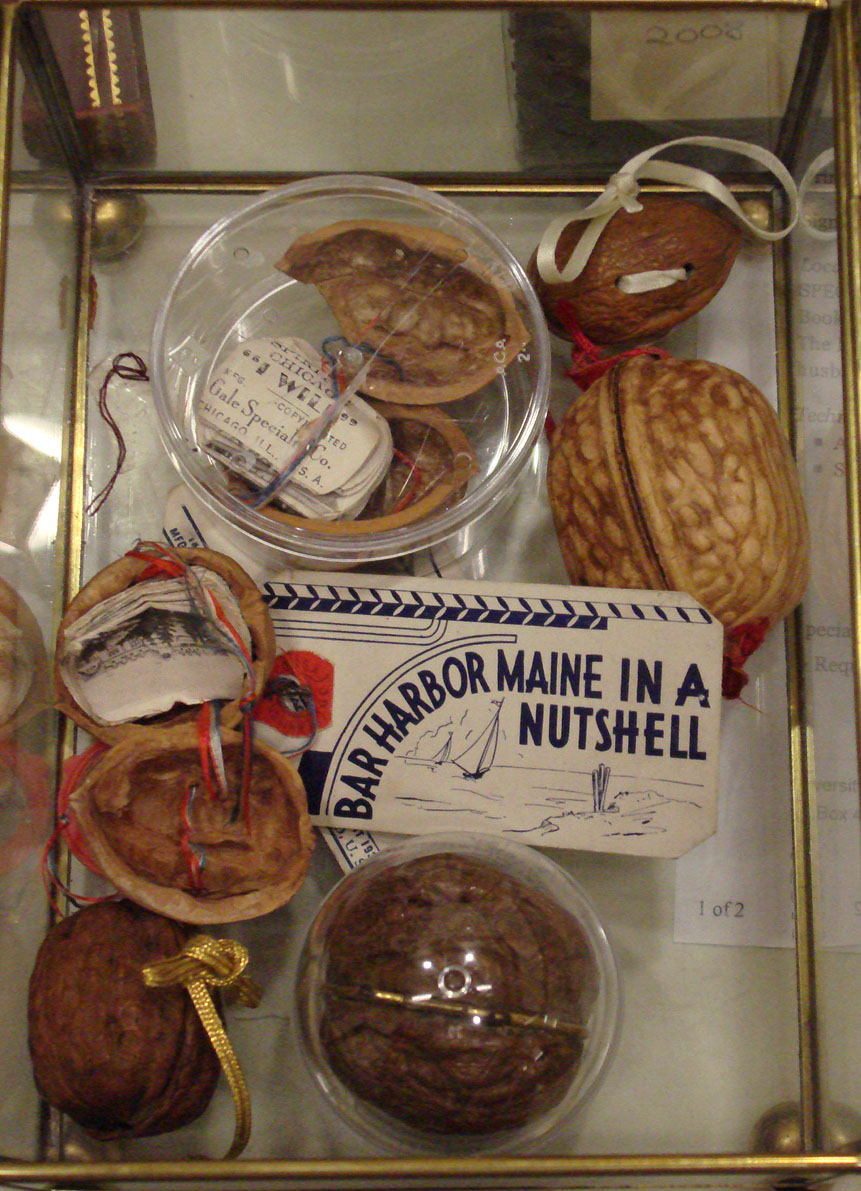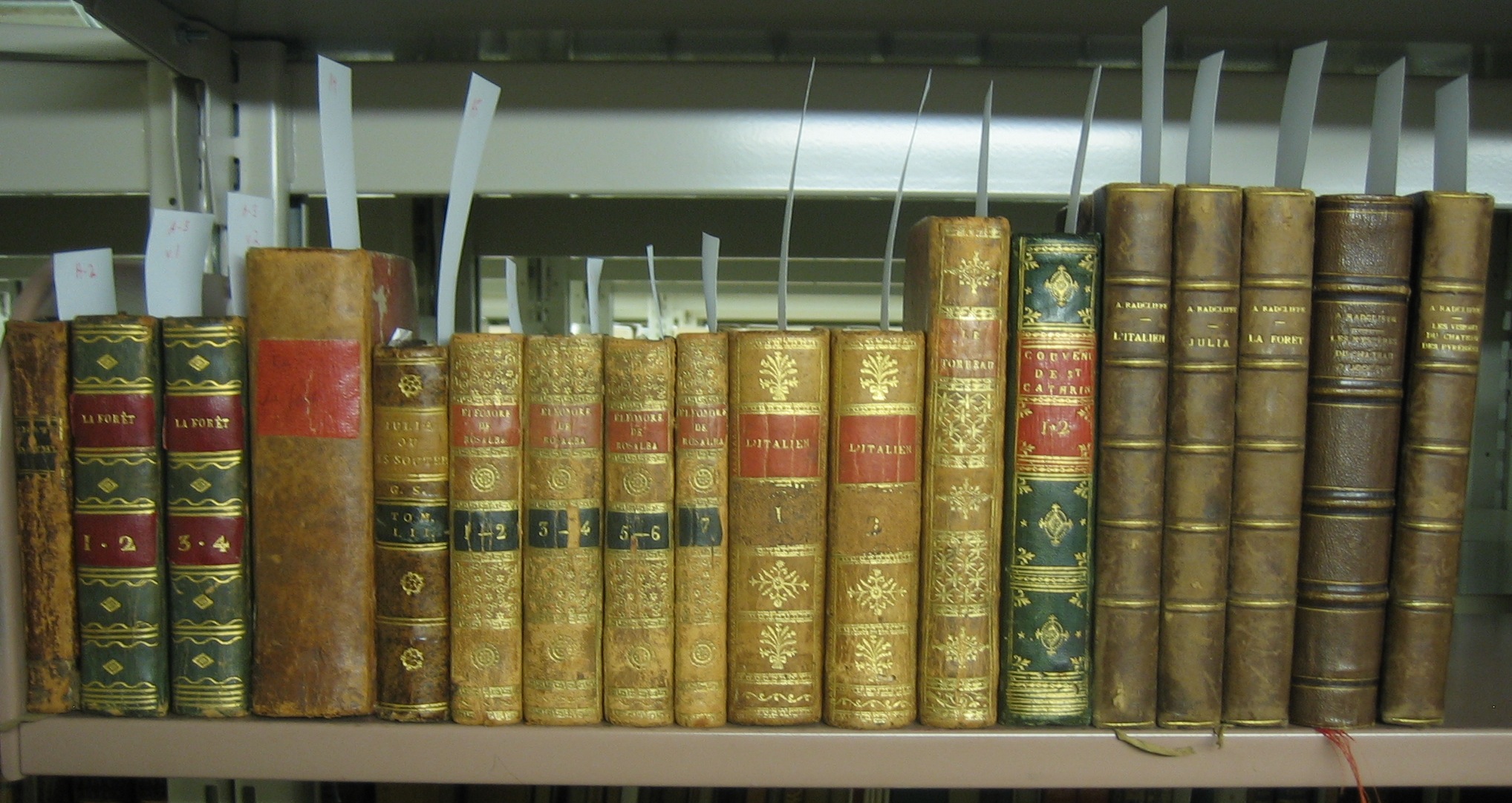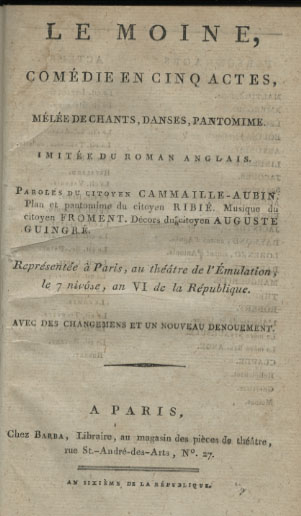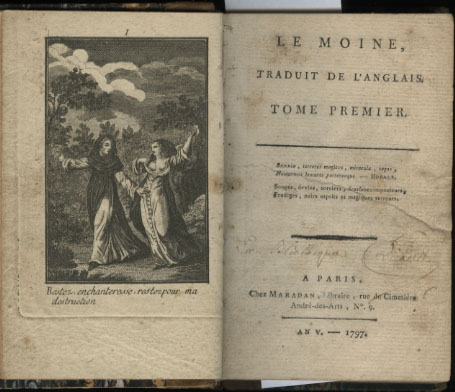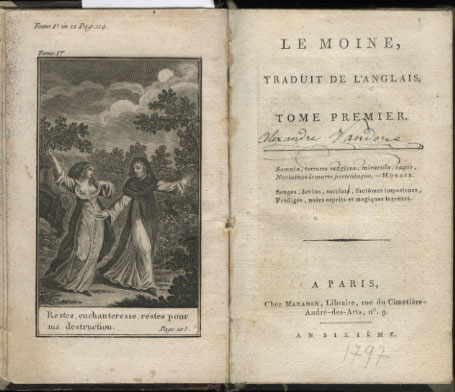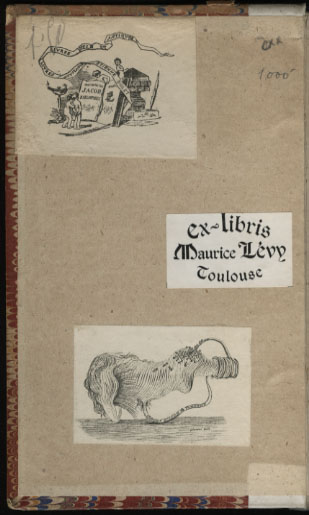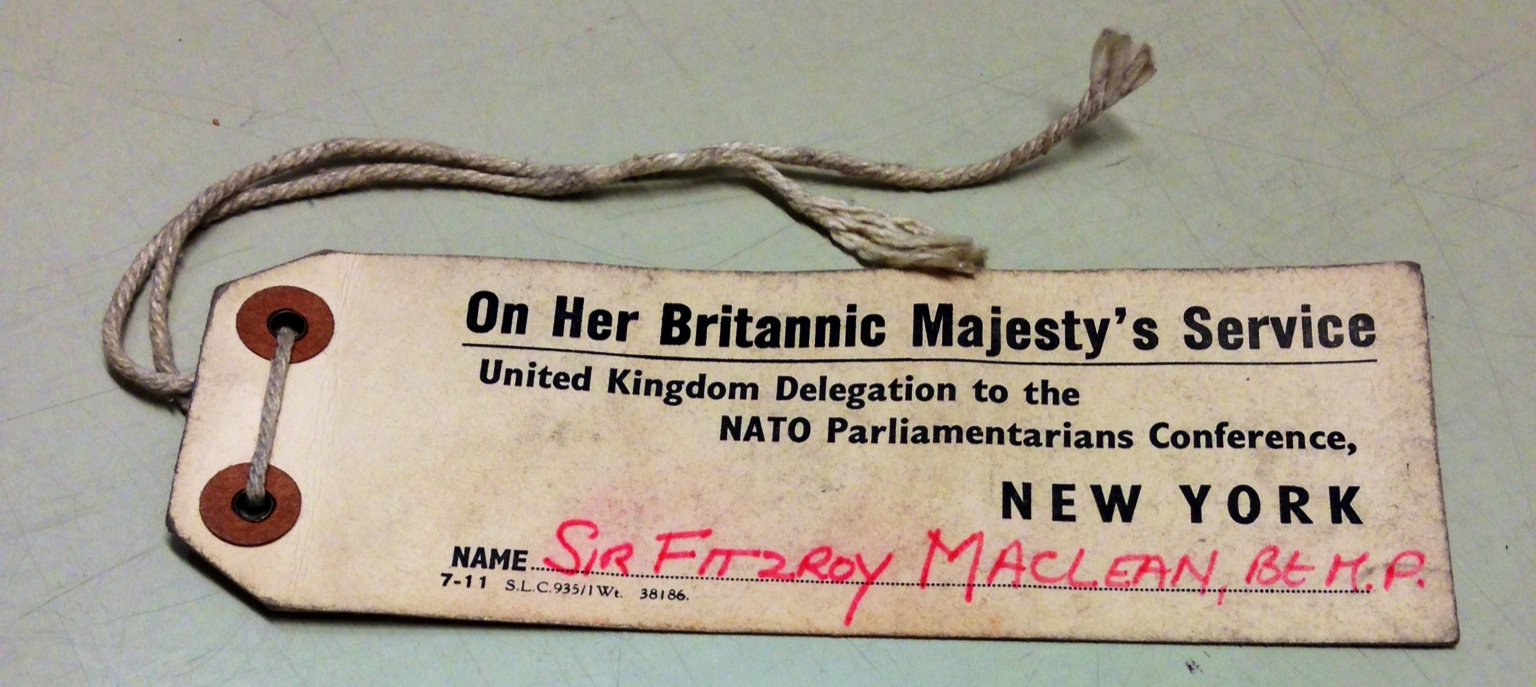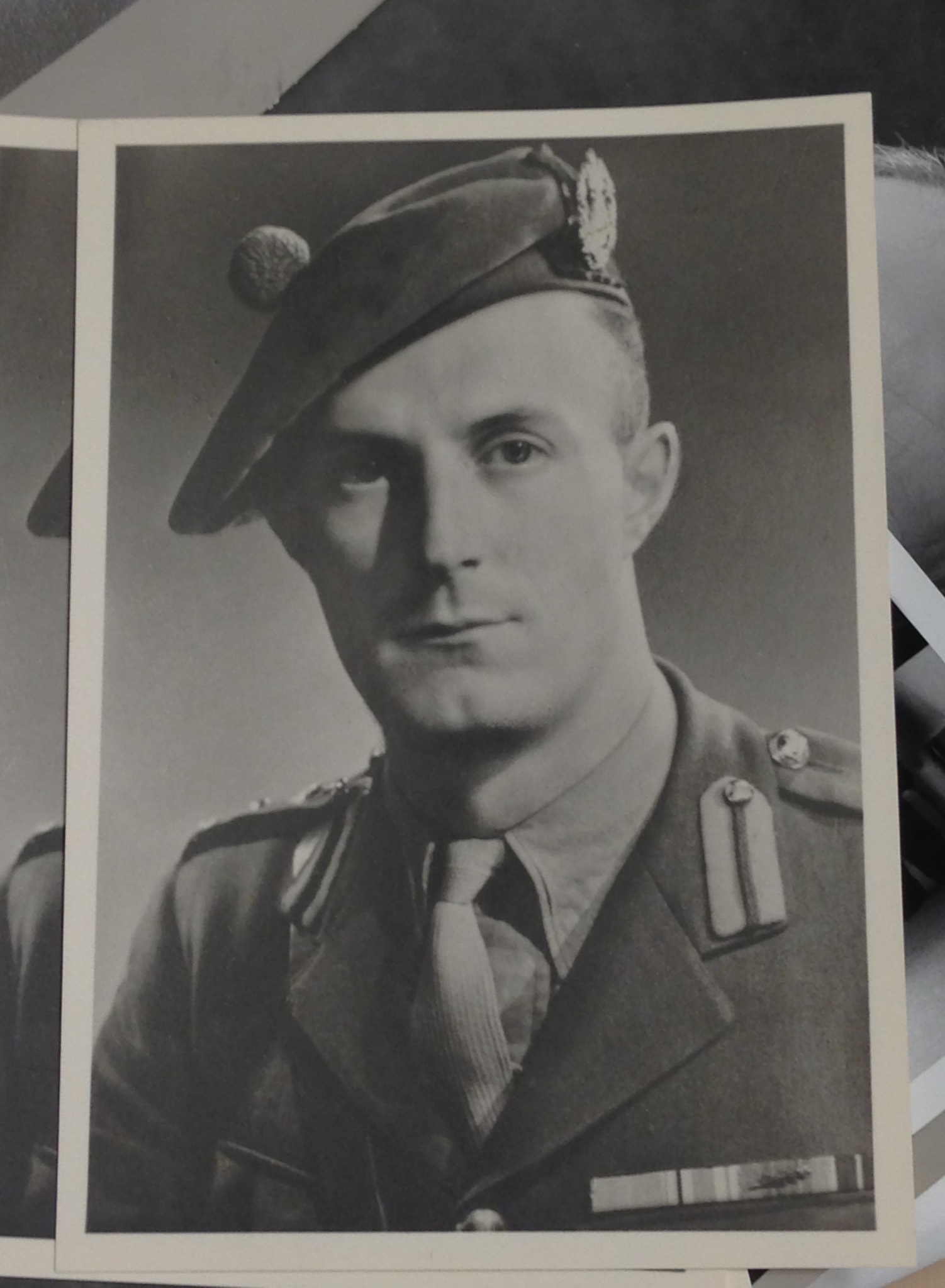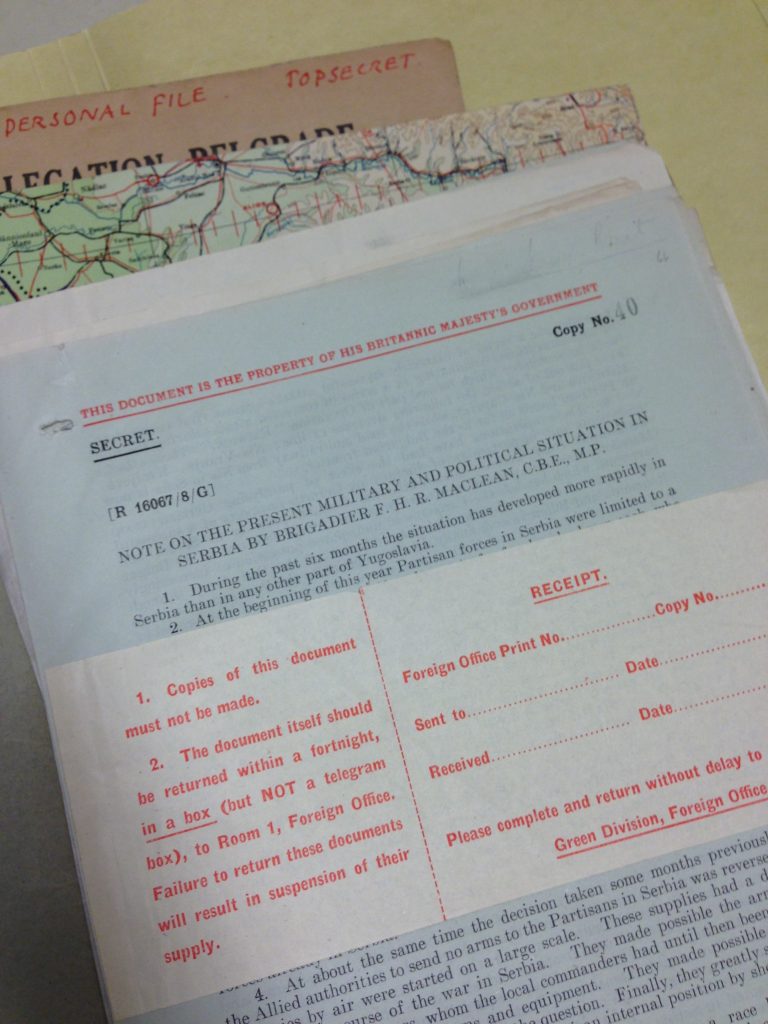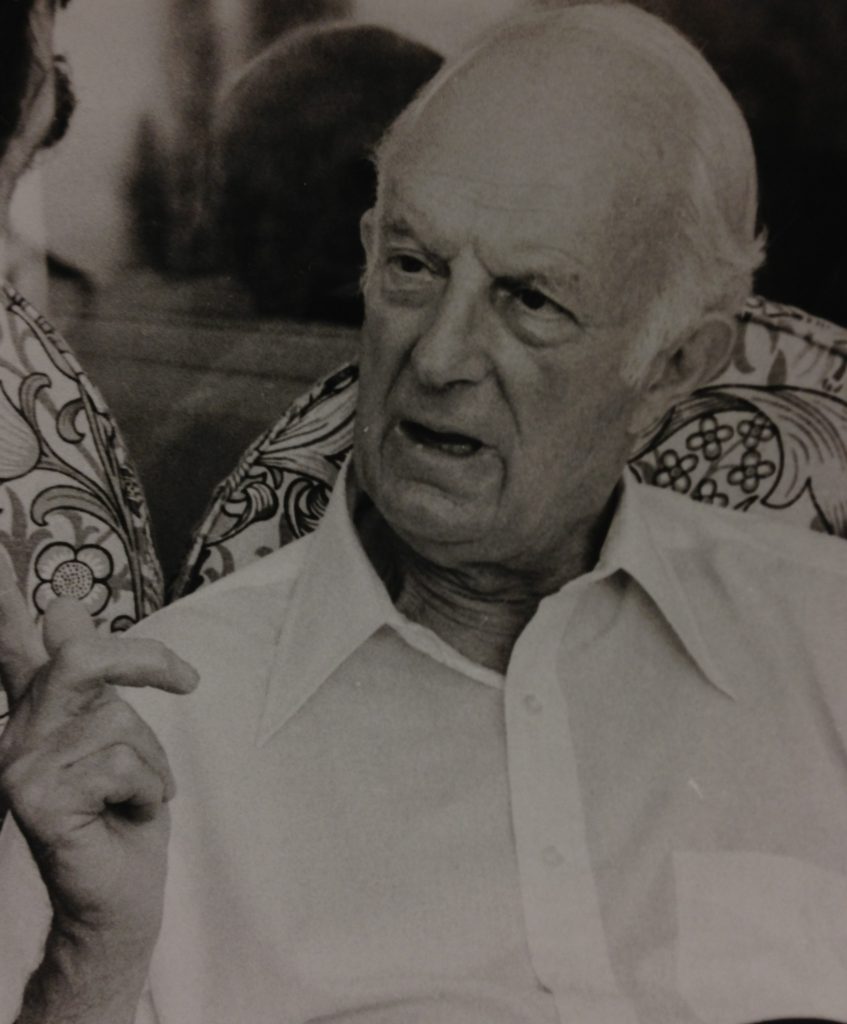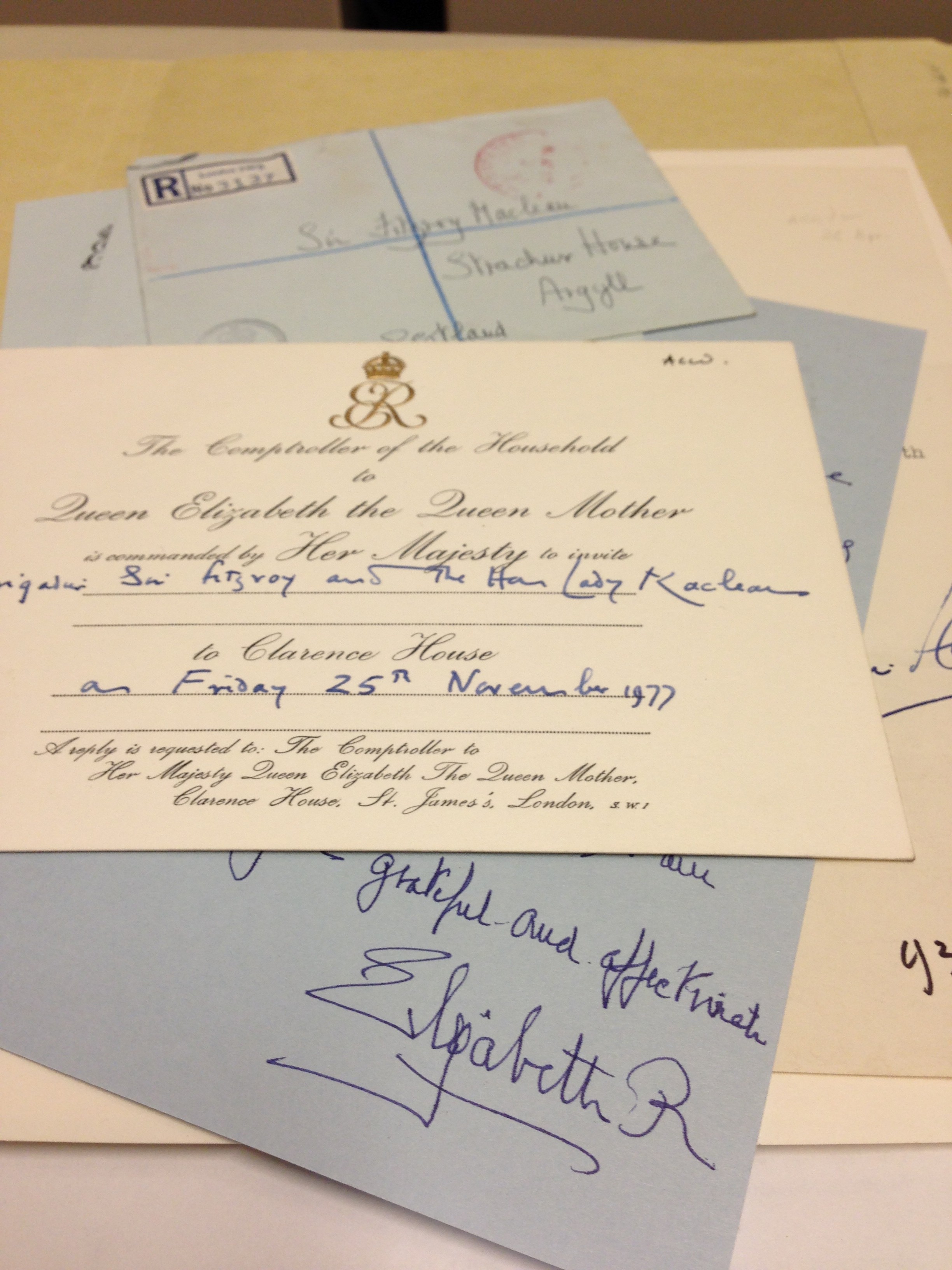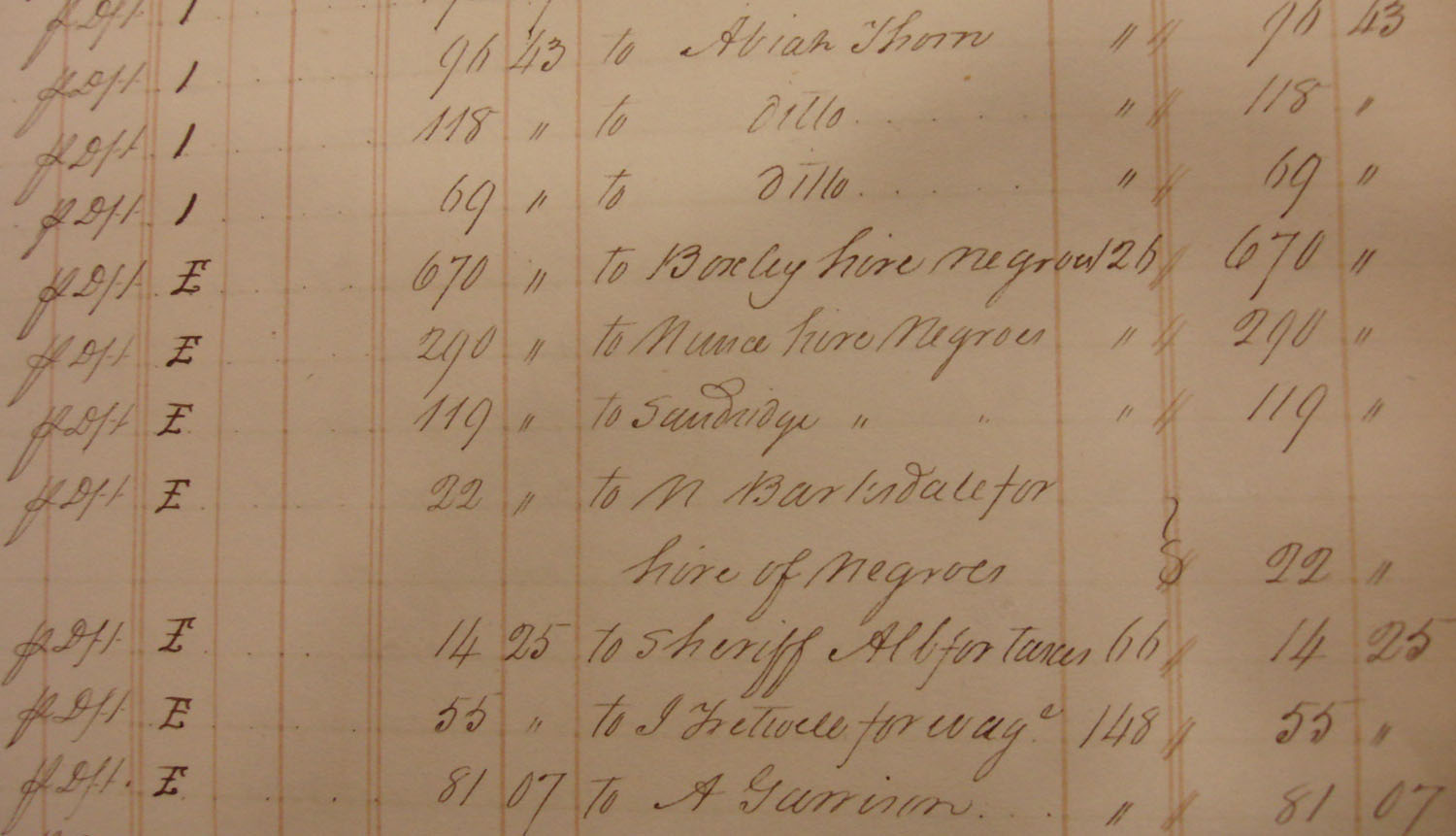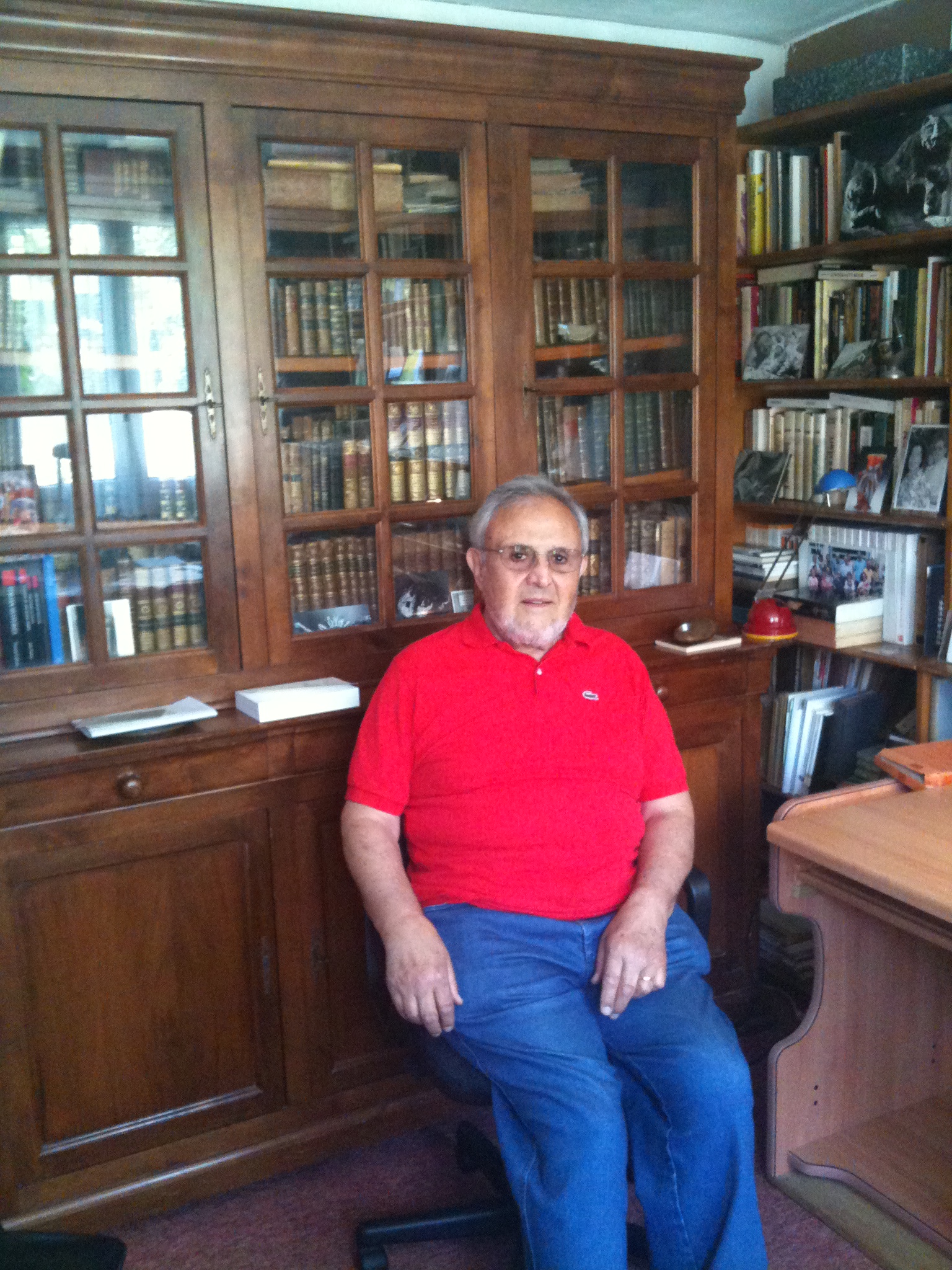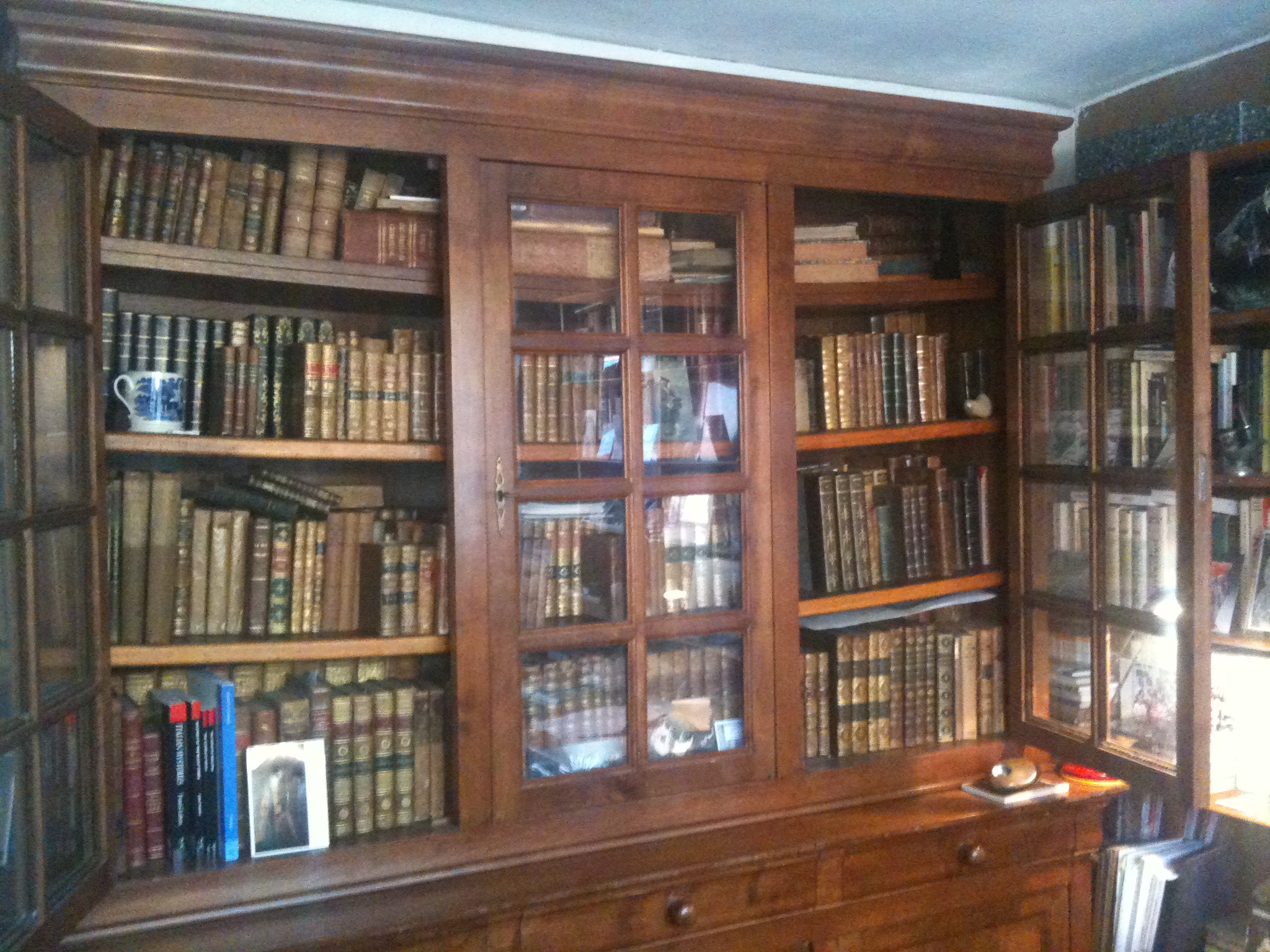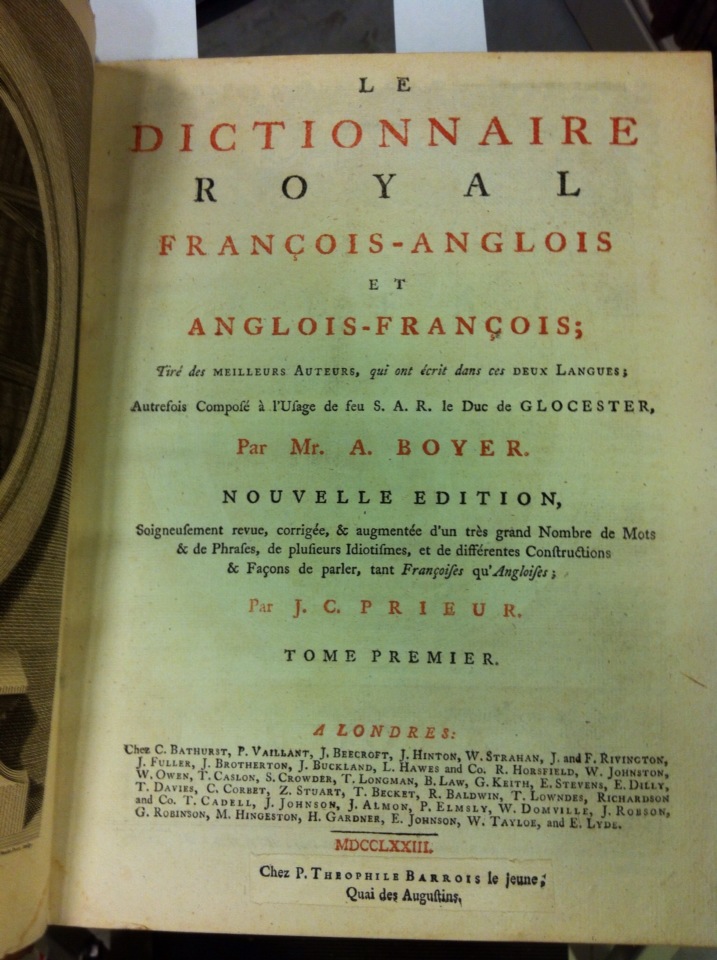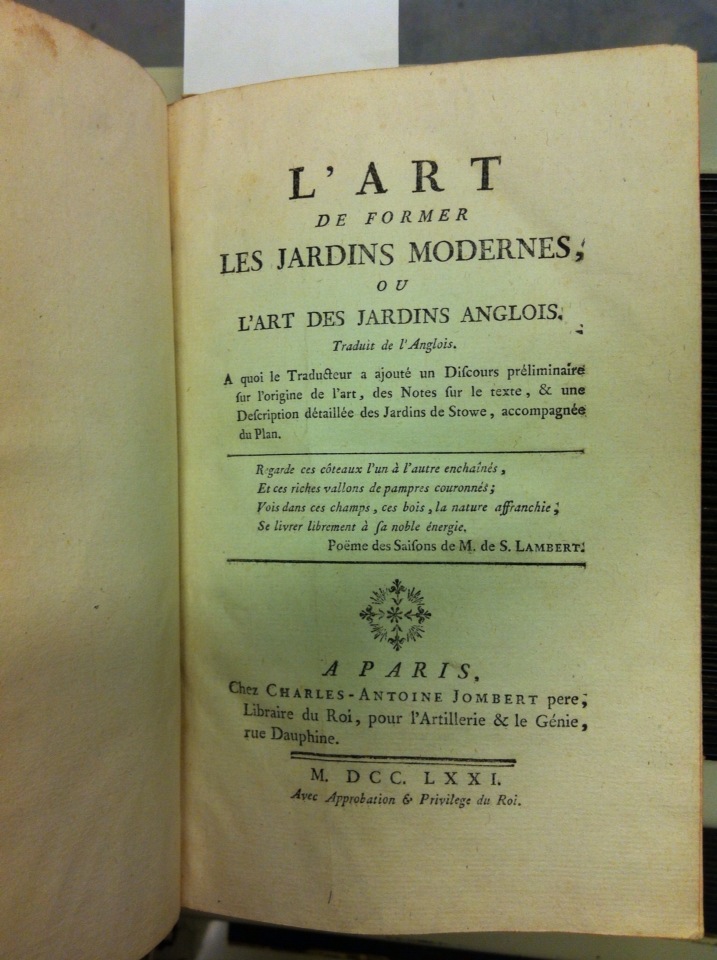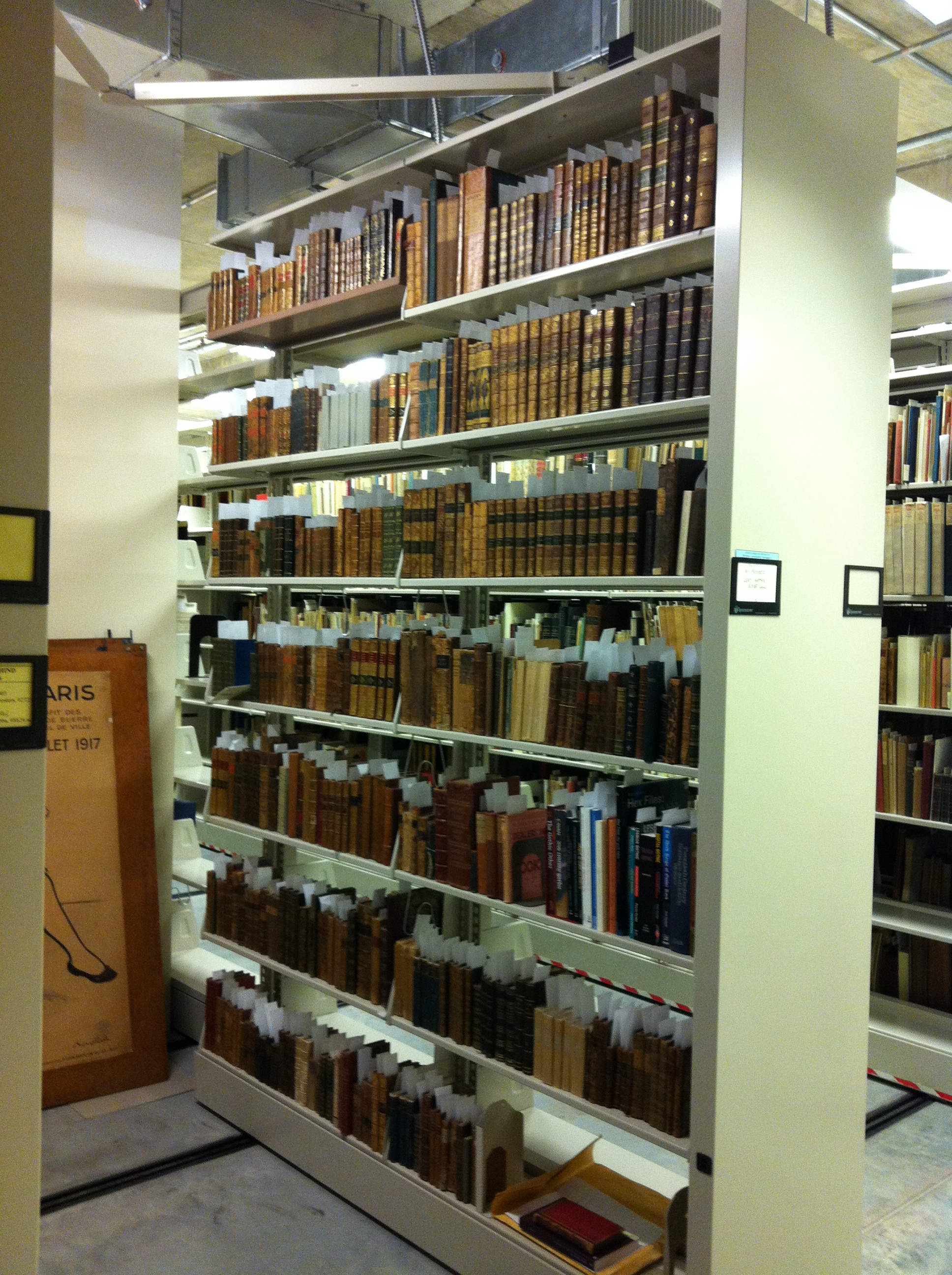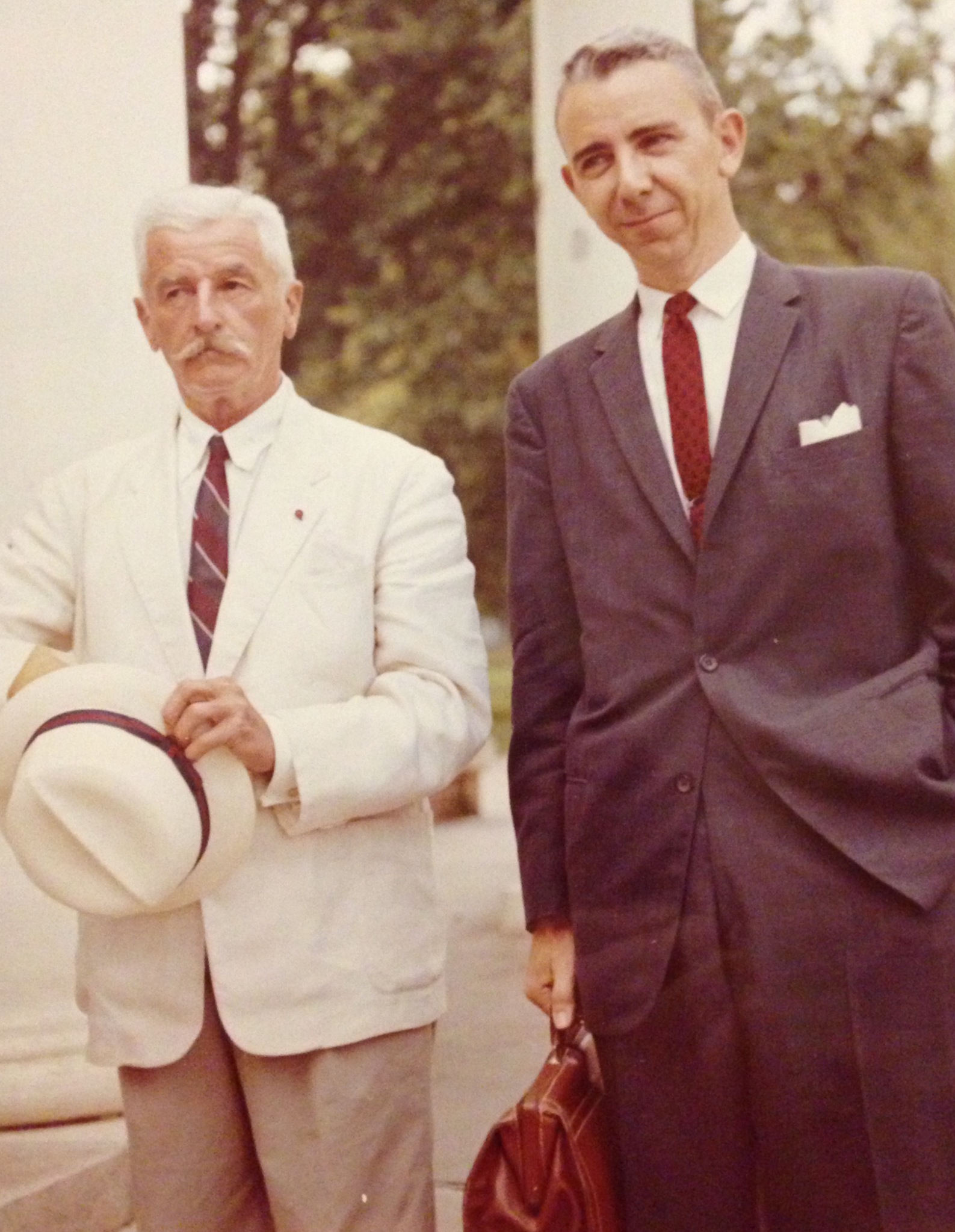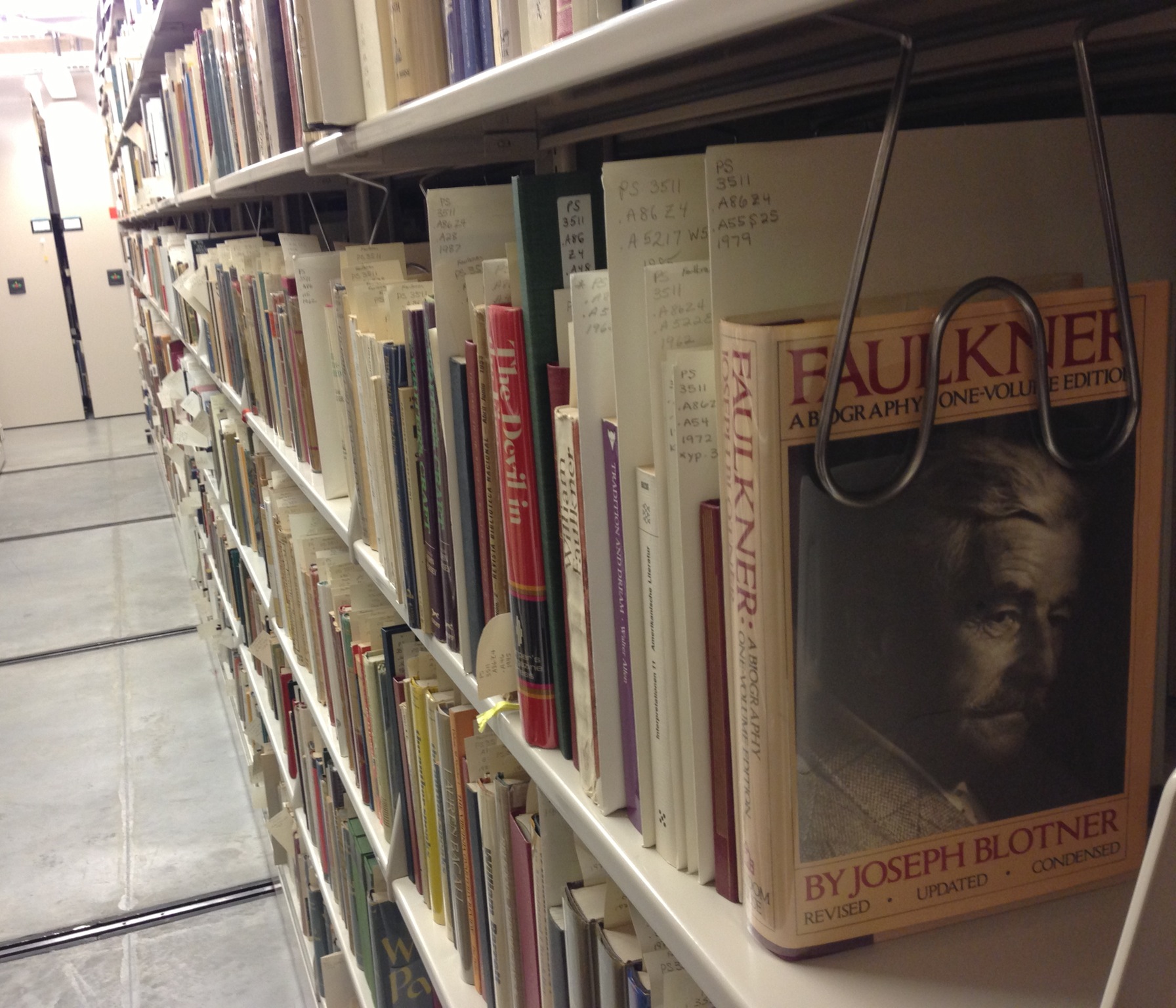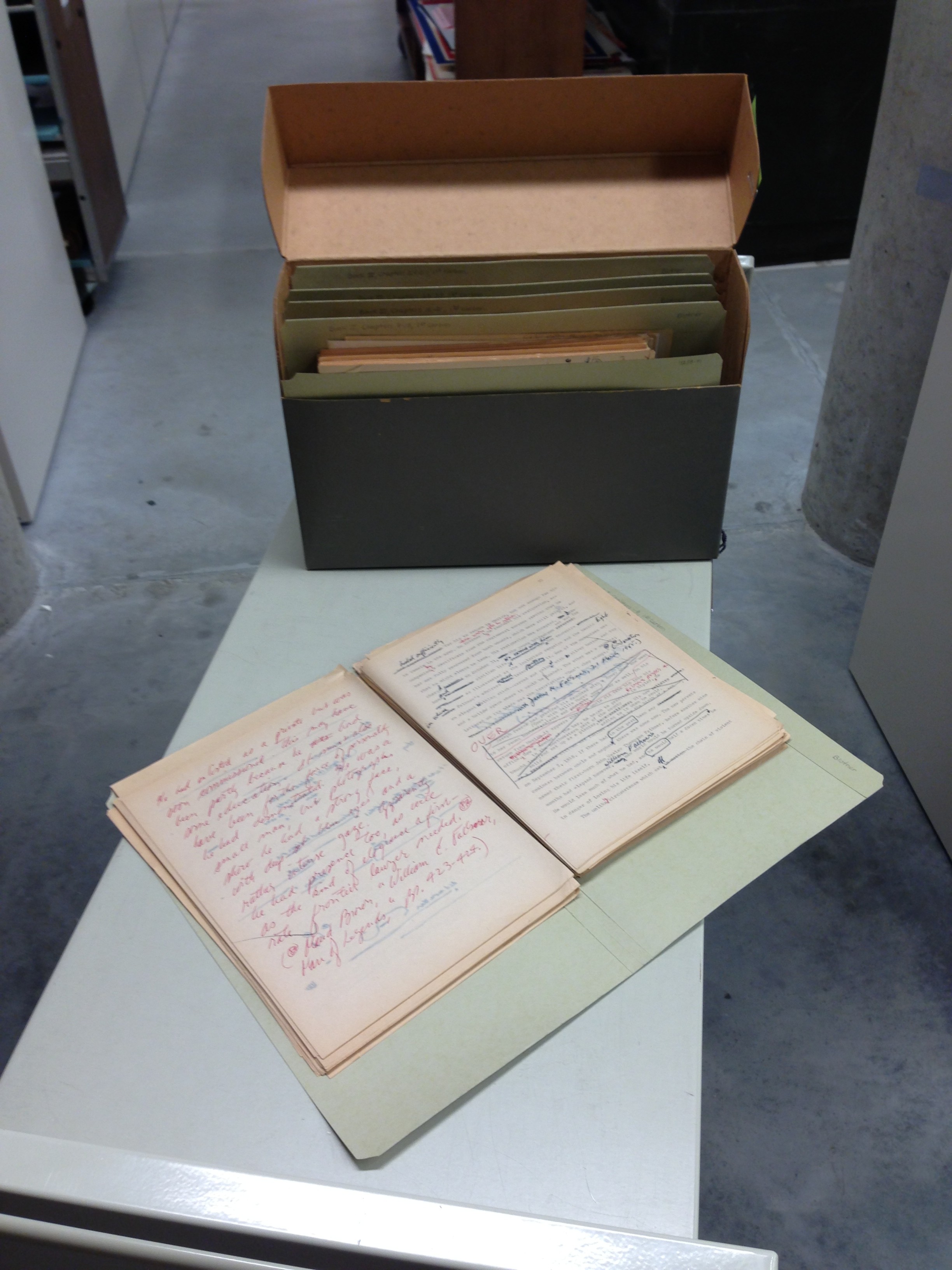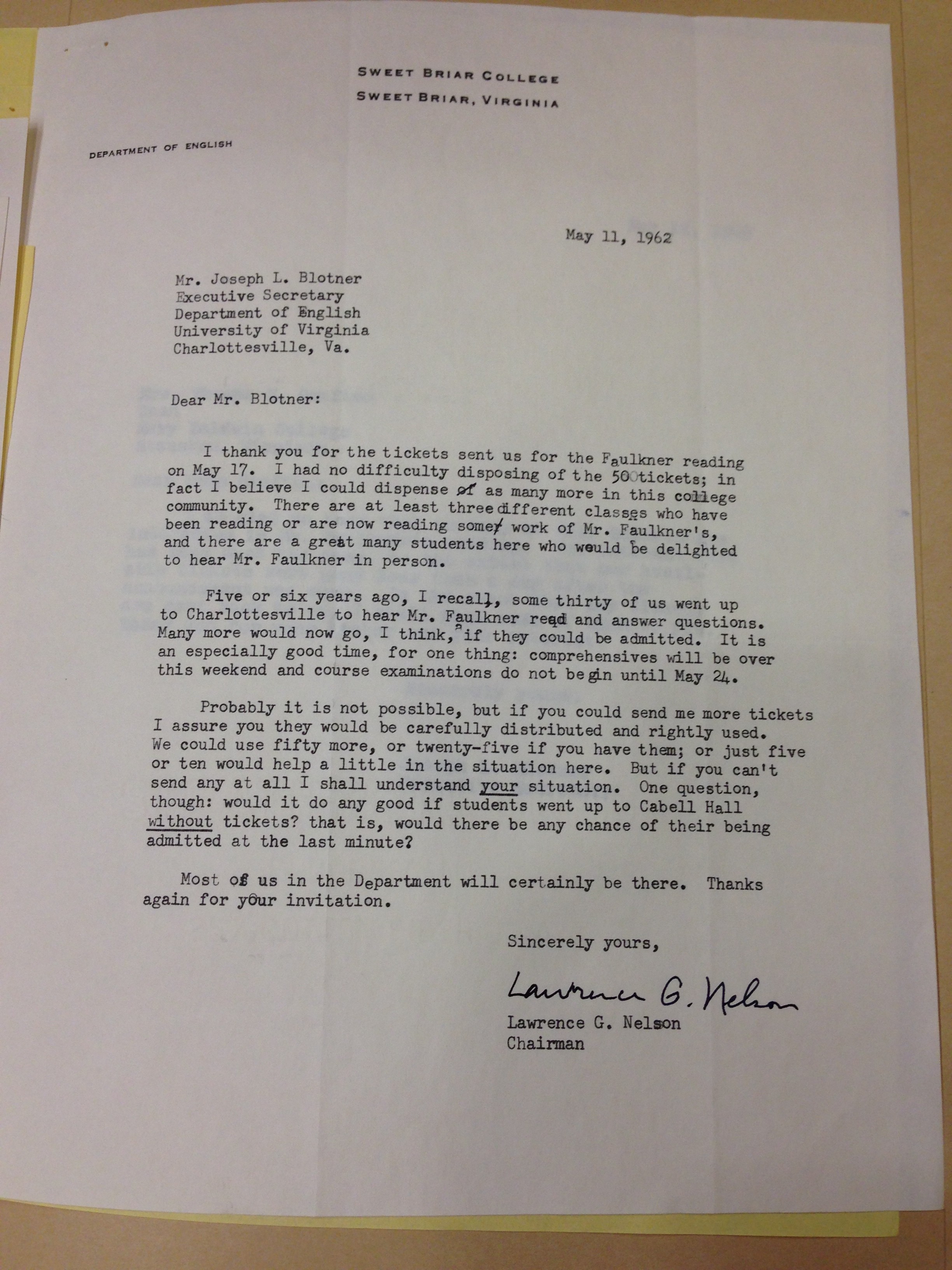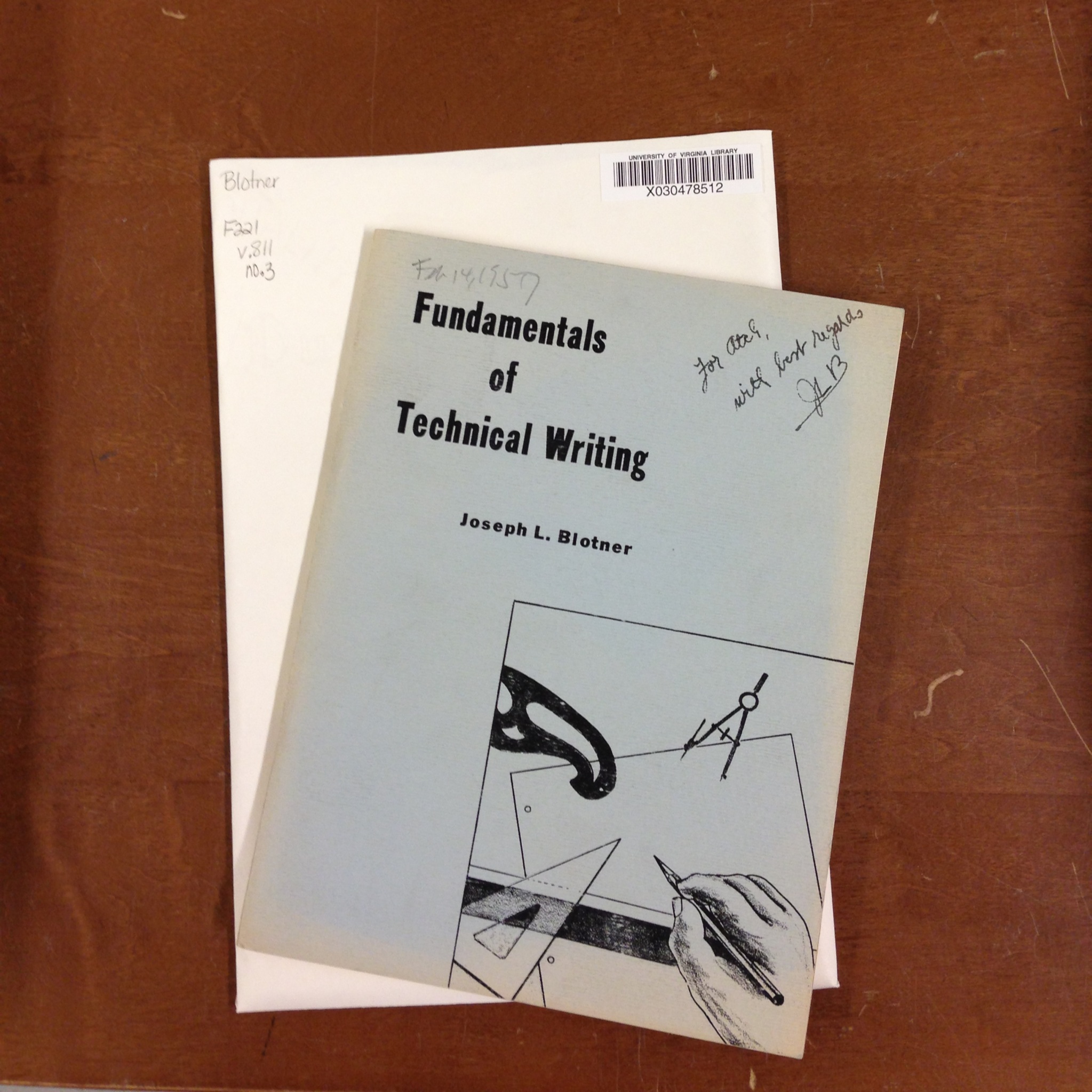Before the 1902 Broadway stage production, the 1939 MGM movie, the 1974 African-American retelling The Wiz, the 1995 parallel novel of the witches’ stories, Wicked, and Disney’s Oz the Great and Powerful (which, by the way, is bringing in profits worthy of all of the riches of the Emerald City) there was the children’s novel, The Wonderful Wizard of Oz. The Wonderful Wizard of Oz was written by L. Frank Baum, illustrated by W. W. Denslow, and published by the George M. Hill Company in 1900.
Special Collections houses a number of remarkable Oz-related items, including several copies of the first edition of The Wonderful Wizard of Oz, of which two are presentation copies from the author: one with sweet notes to his son and one to a colleague’s child.
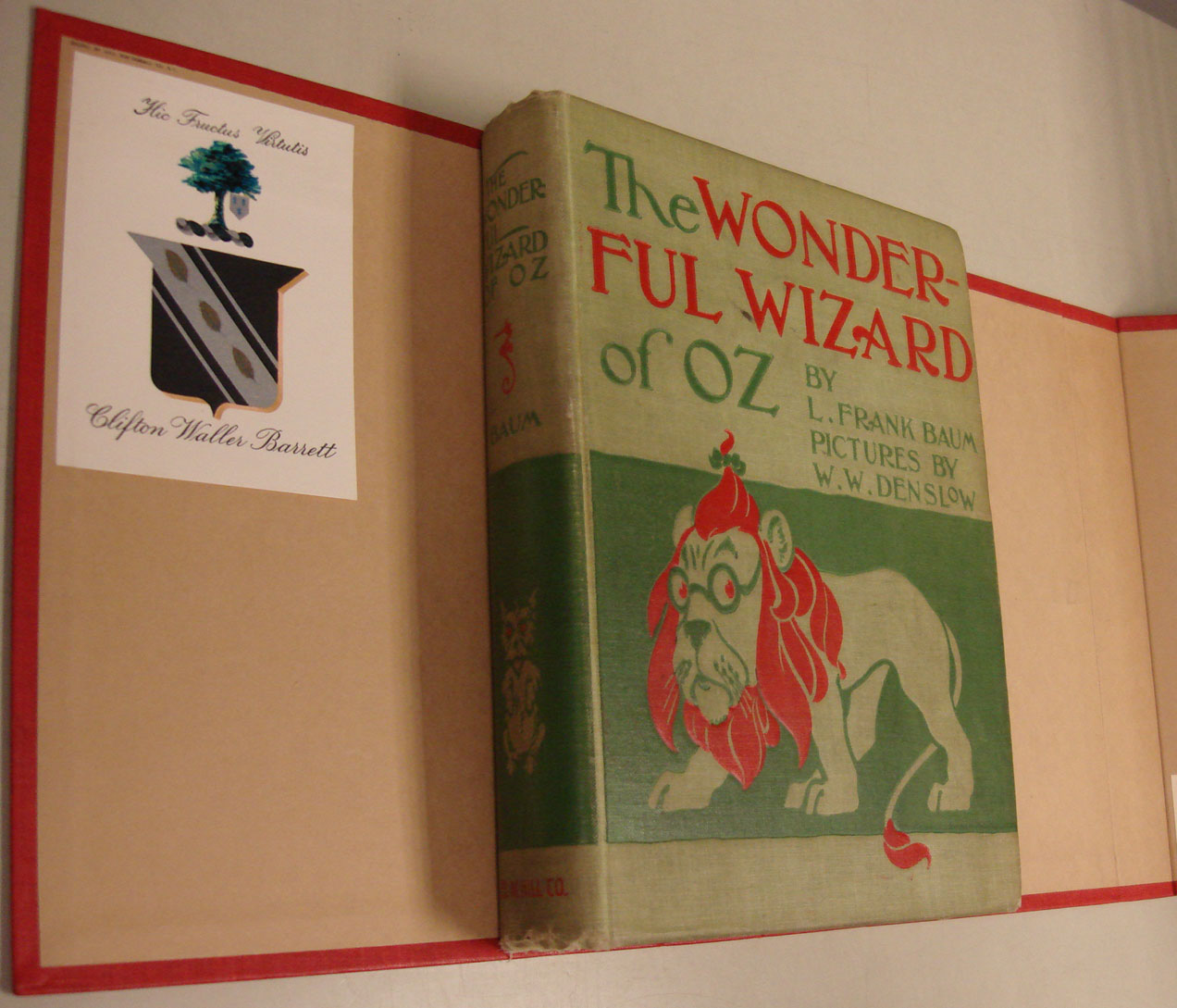
Featured is a first edition, first issue of the book with its original light green cloth cover, stamped in dark green and red. The newest film invents a backstory for the cowardly lion. (PS3503.A9228 W6 1900, Clifton Waller Barrett Library of American Literature. Photograph by Petrina Jackson)
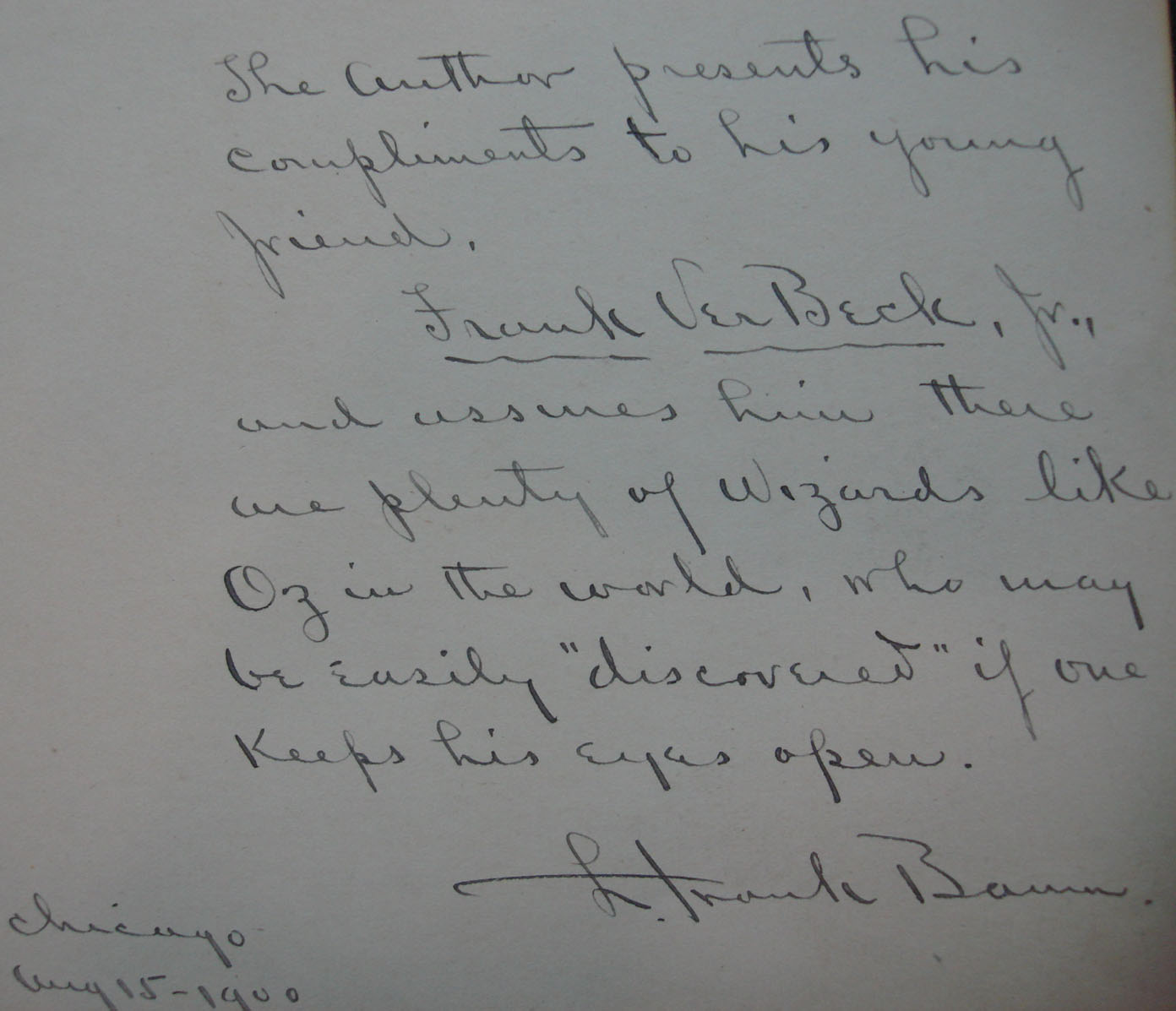
Baum inscribed a special message to a young reader on the endpaper of this first edition of The Wonderful Wizard of Oz. The boy was likely the son of the illustrator Frank VerBeck, who illustrated Baum’s book, The Magical Monarch of Mo. To VerBeck, he writes, “The author presents his compliments to his young friend, Frank VerBeck, Jr., and assures him there are plenty of Wizards like Oz in the world, who may be easily ‘discovered’ if one keeps his eyes open. L. Frank Baum. Chicago Aug 15-1900.” (PS3503.A9228 W6 1900, Clifton Waller Barrett Library of American Literature. Photograph by Petrina Jackson)

Page 63 of this first edition is inscribed “To ‘Earle’ With my most sincere regards From M.G.M’s cowardly Lion Bert Lahr.” (PS3503.A9228 W6 1900, Clifton Waller Barrett Library of American Literature. Photograph by Petrina Jackson)
L. Frank Baum wrote eighteen books and short stories about the world of Oz. Special Collections has several first and early editions of sixteen of the Oz series books, and many of them have the bookplate of Roland Baughman, who was a collector of L. Frank Baum first edition books, manuscripts, correspondence, and original drawings of “Oz” illustrators. Columbia University’s Special Collections holds the Roland Orvil Baughman Collection about L. Frank Baum, 1871-1961. Baughman served as the head of Columbia University’s Special Collections Department from 1946 until his death in 1967.
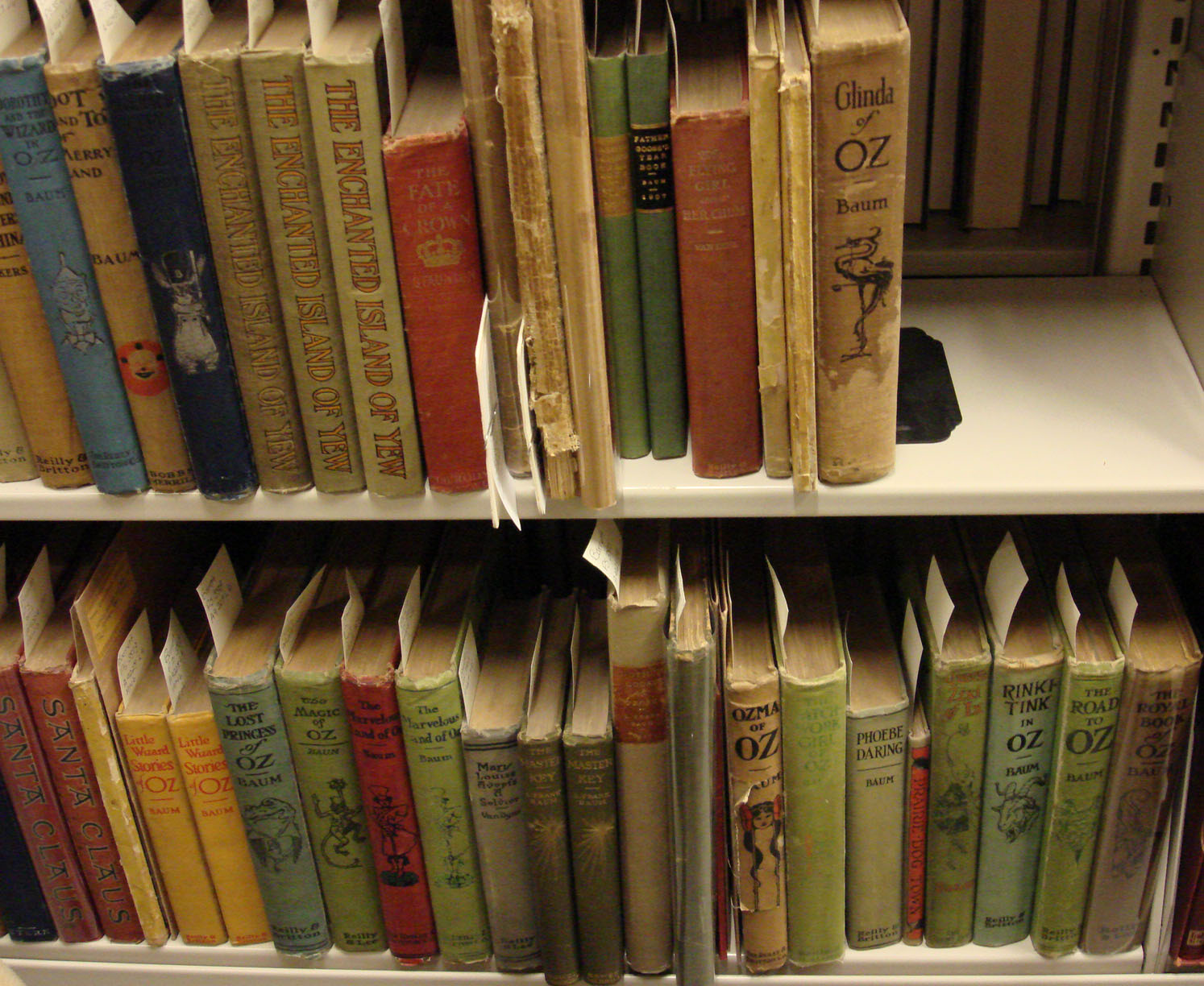
Here is a sampling of the dozens of first and early editions of L. Frank Baum’s “Oz” books in our stacks. (Photograph by Petrina Jackson)
Our Oz materials are not limited to first-edition books: also to be found are the screenplay from the 1939 MGM movie, items related to the “Oz” stories, and books and drawings of its first illustrator, W. W. Denslow.

Our Baum holdings also include movie magic! A horizontal view of the stacks shows the screenplays of the 1939 movie, The Wizard of Oz, and MGM’s copies of the early Broadway production, for which the musical was based. (Photograph by Petrina Jackson)
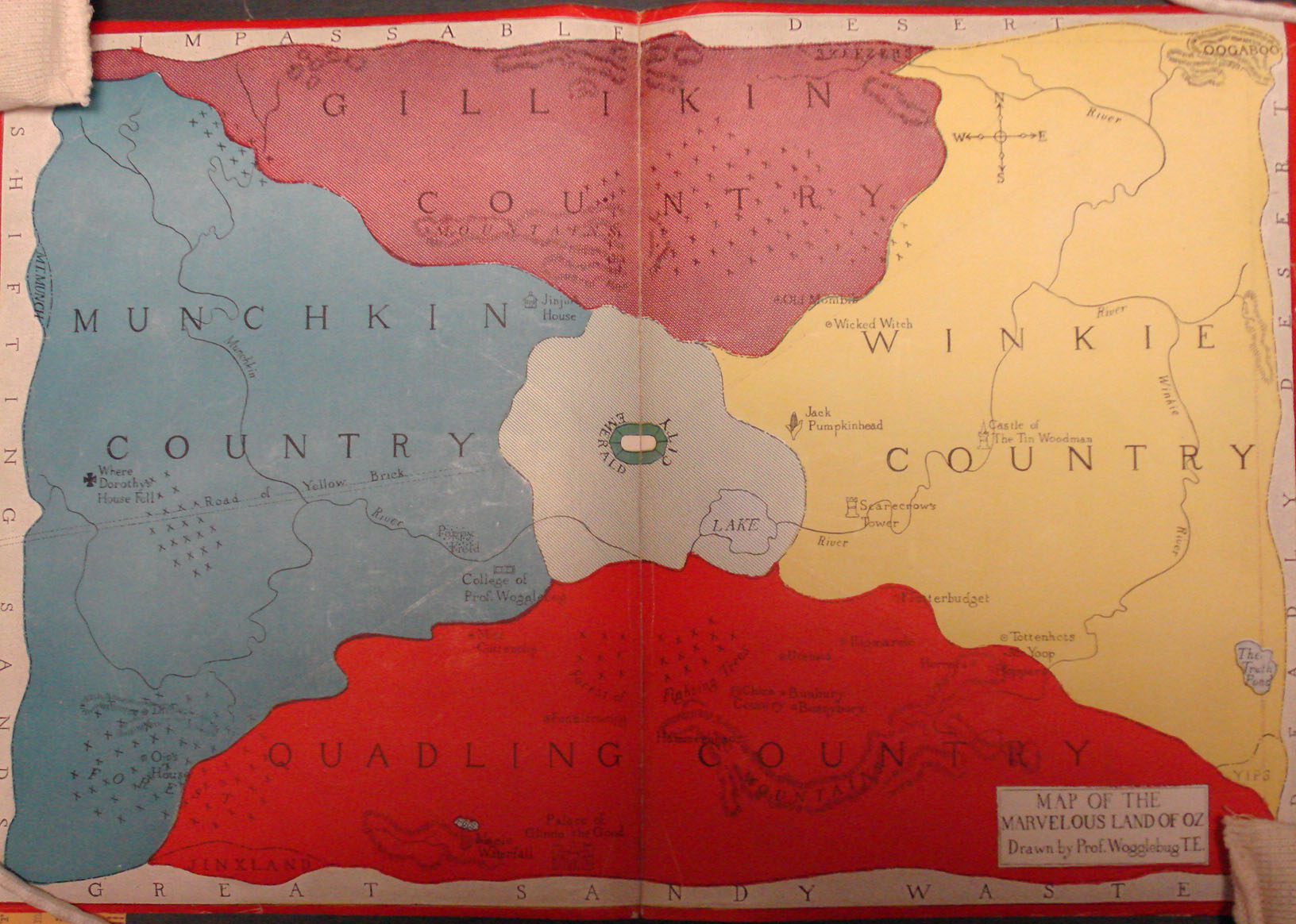
The Map of the Marvelous Land of Oz is the first printed map of Oz and appeared as the endpapers of Baum’s 8th Oz book, Tik-Tok of Oz ,1914. Note where Dorothy’s house fell in Munchkin Country, aka Munchkinland. Special Collections owns an unusual loose copy of the map. Viewers of the most recent Oz film will recognize Quadling Country, since the Quadlings play an important role in the new film’s plot. (PS3503.A9228 T3821, Clifton Waller Barrett Library of American Literature. Photograph by Petrina Jackson)
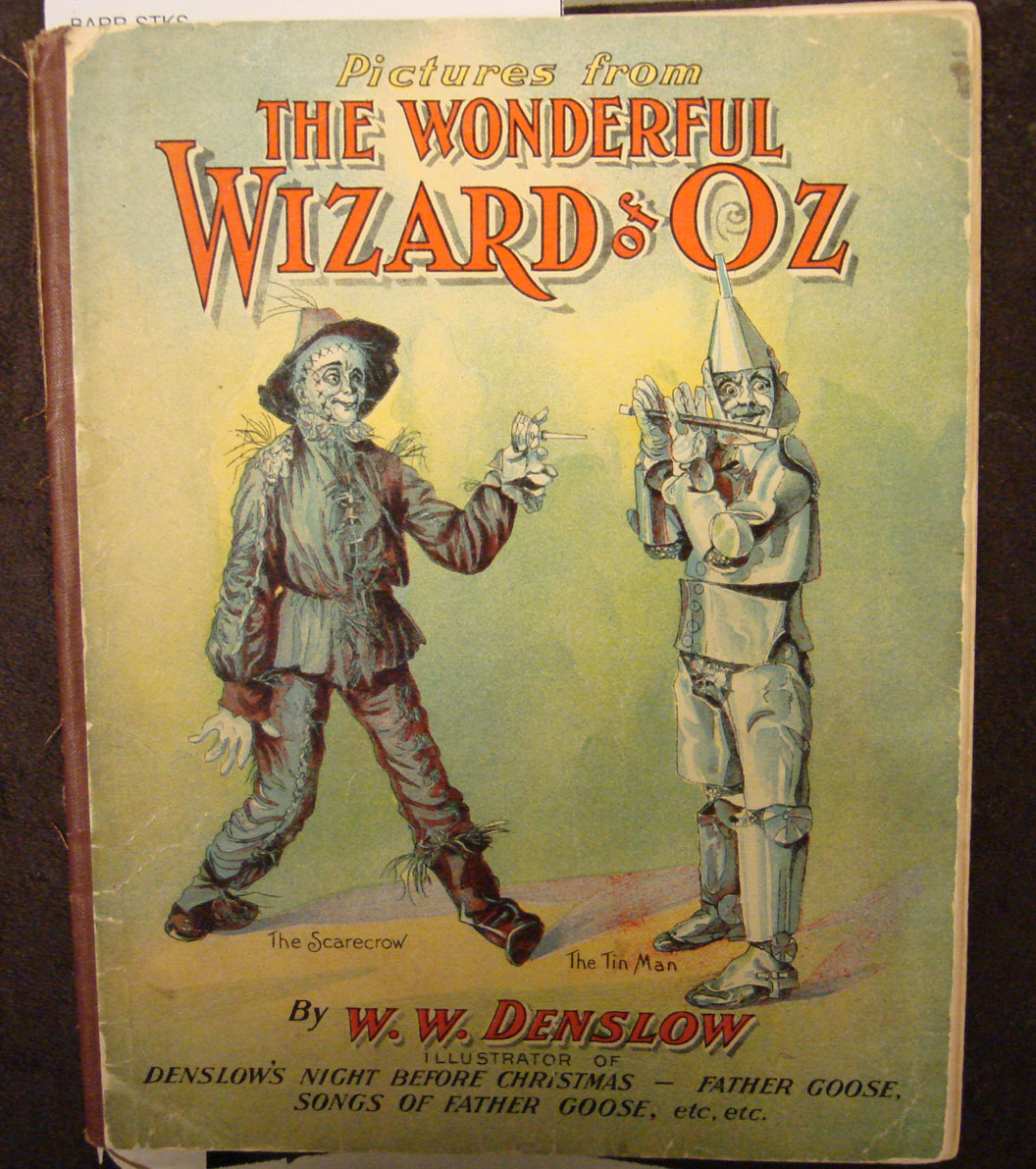
W. W. Denslow’s Pictures from the Wonderful Wizard of Oz. (PS3503.A9228 W66, Clifton Waller Barrett Library of American Literature. Photograph by Petrina Jackson)
Denslow collaborated with Baum on four books, including the first of the Oz series, The Wonderful Wizard of Oz and Father Goose, His Book. Father Goose was a true collaboration between the author and the illustrator and resulted in a bestselling children’s book of nonsensical poetry and stylized characters. The same company that produced The Wonderful Wizard of Oz published Father Goose in 1899. Its success helped to make the Wizard of Oz possible.
Perhaps the most important Oz-related materials in Special Collections have nothing to do with Oz itself, but with Father Goose, for which original Denslow drawings reveal the book’s design:

This is the original painting by W. W. Denslow of the cover art of L. Frank Baum’s Father Goose, His Book. With its pudgy characters, it appears that the drawing was made for a book with a “landscape” orientation. (MSS 10064, Clifton Waller Barrett Library of American Literature. Photograph by Petrina Jackson)
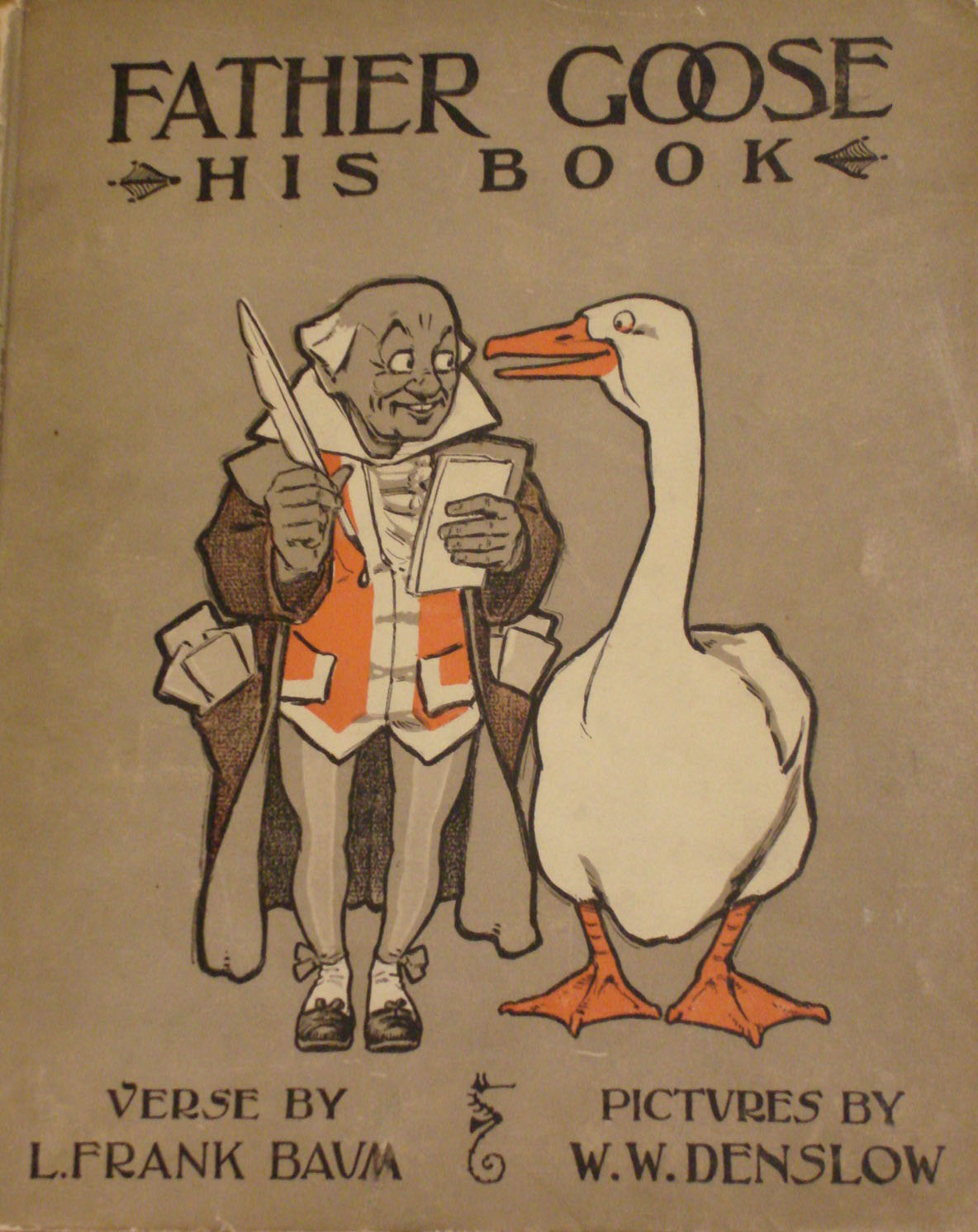
Here we see that the characters on the cover of Father Goose, His Book have evolved from Denslow’s original painting. The characters are much more elongated, and the book was published in “portrait” format. The copy shown is the second edition, published in 1899. (PS3503.A9228 F3 1899, Clifton Waller Barrett Library of American Literature. Photograph by Petrina Jackson)
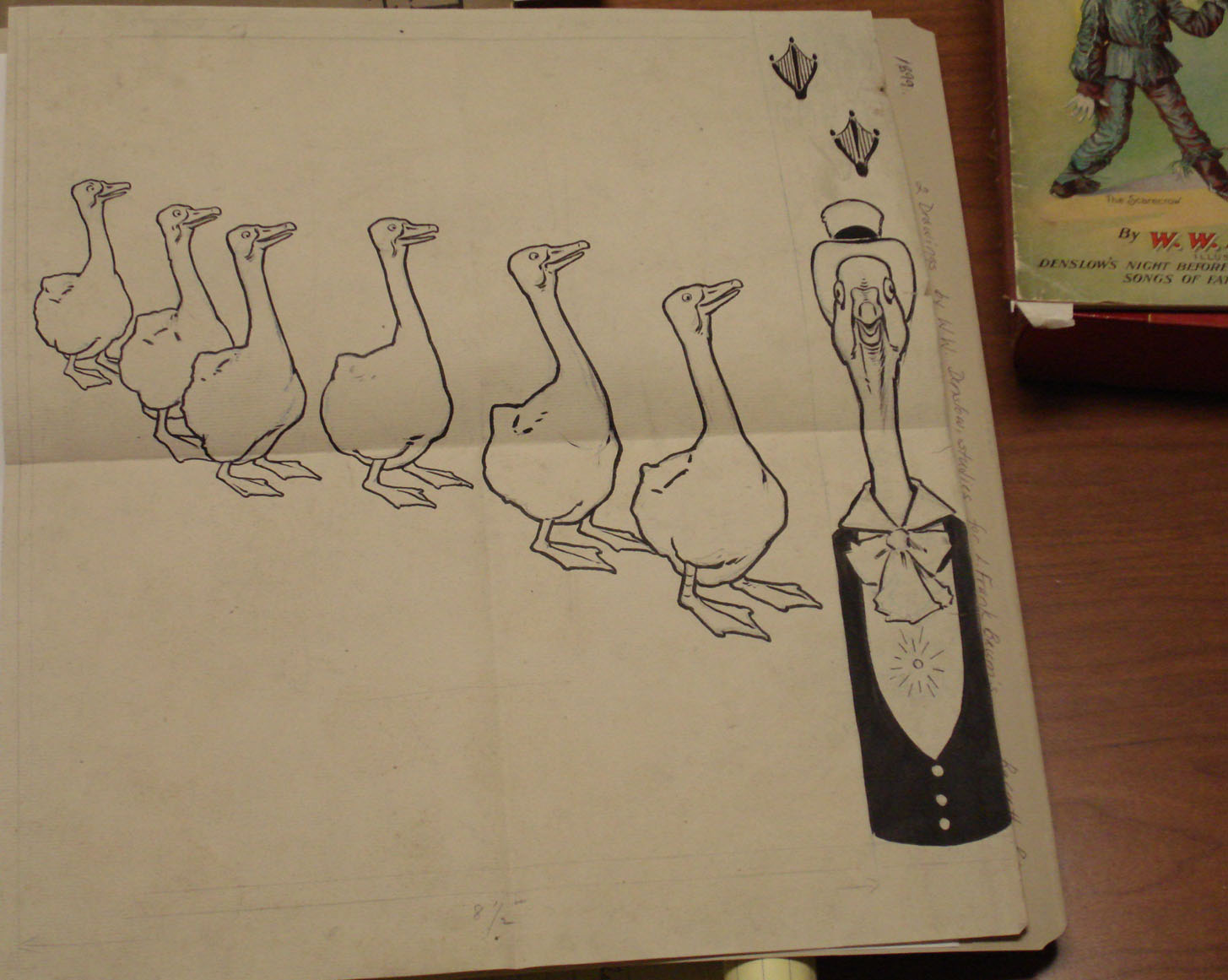
Also in Special Collections is the original pen and ink drawing of the back cover of Father Goose, His Book, accompanied by the marvelous Father Goose figure that appears on the endpaper. (MSS 10064, Clifton Waller Barrett Library of American Literature. Photograph by Petrina Jackson)

We end with the end of the book, its cover at least! (PS3503.A9228 F3 1899, Clifton Waller Barrett Library of American Literature. Photograph by Petrina Jackson)
In this age of sophisticated digital special effects, we hope you have enjoyed this trip back to the not-so-distant, but definitely magical, land of Baum and Denslow.


